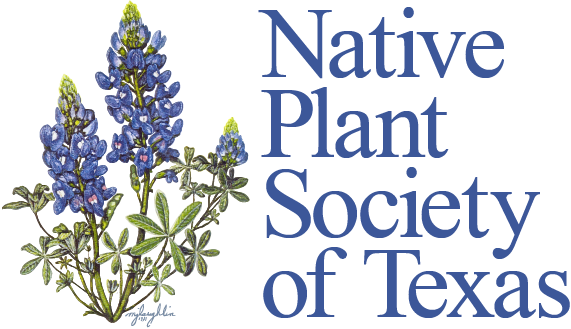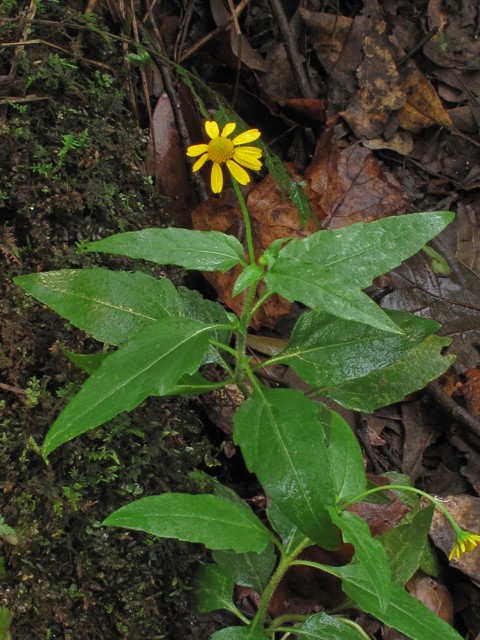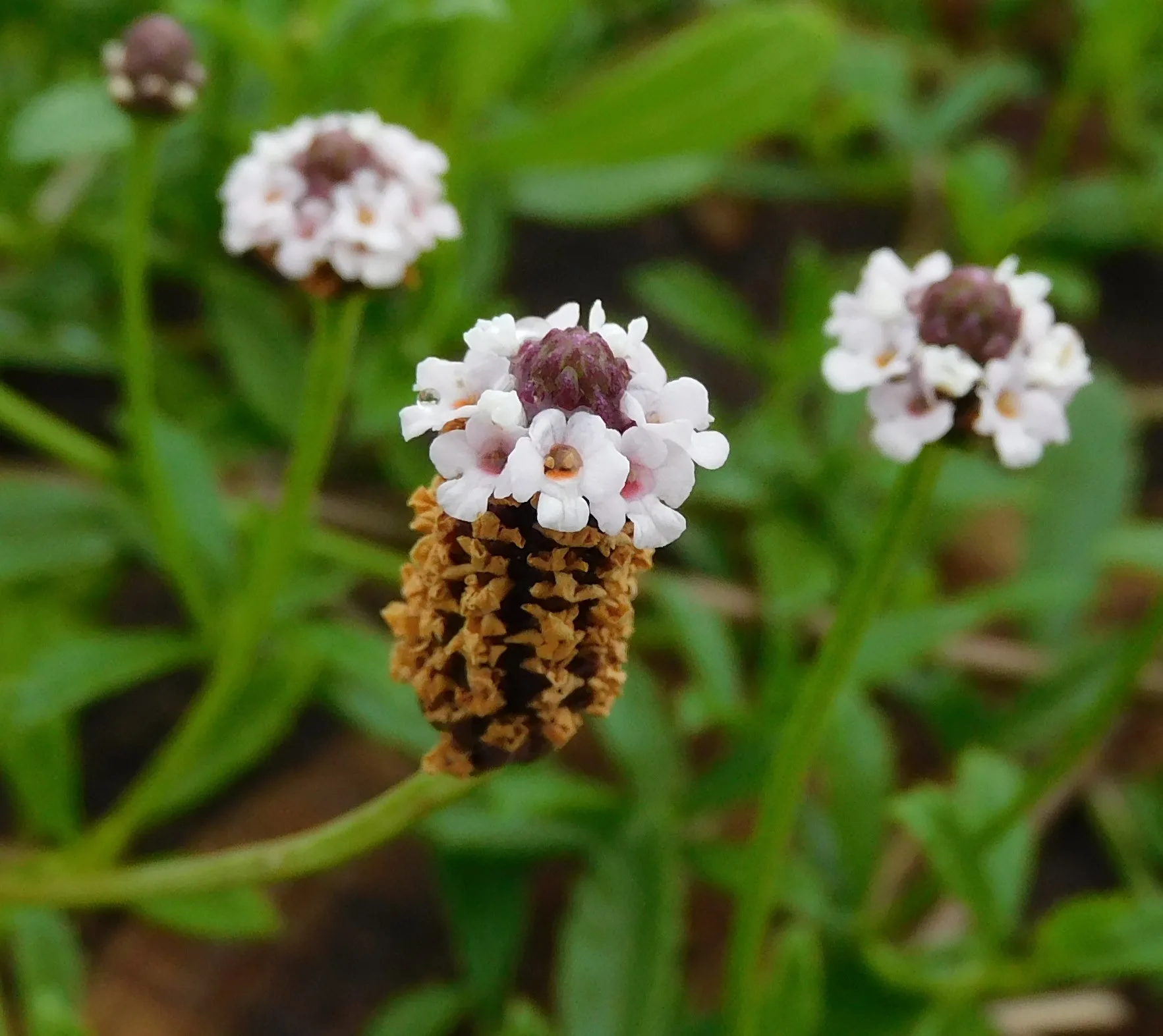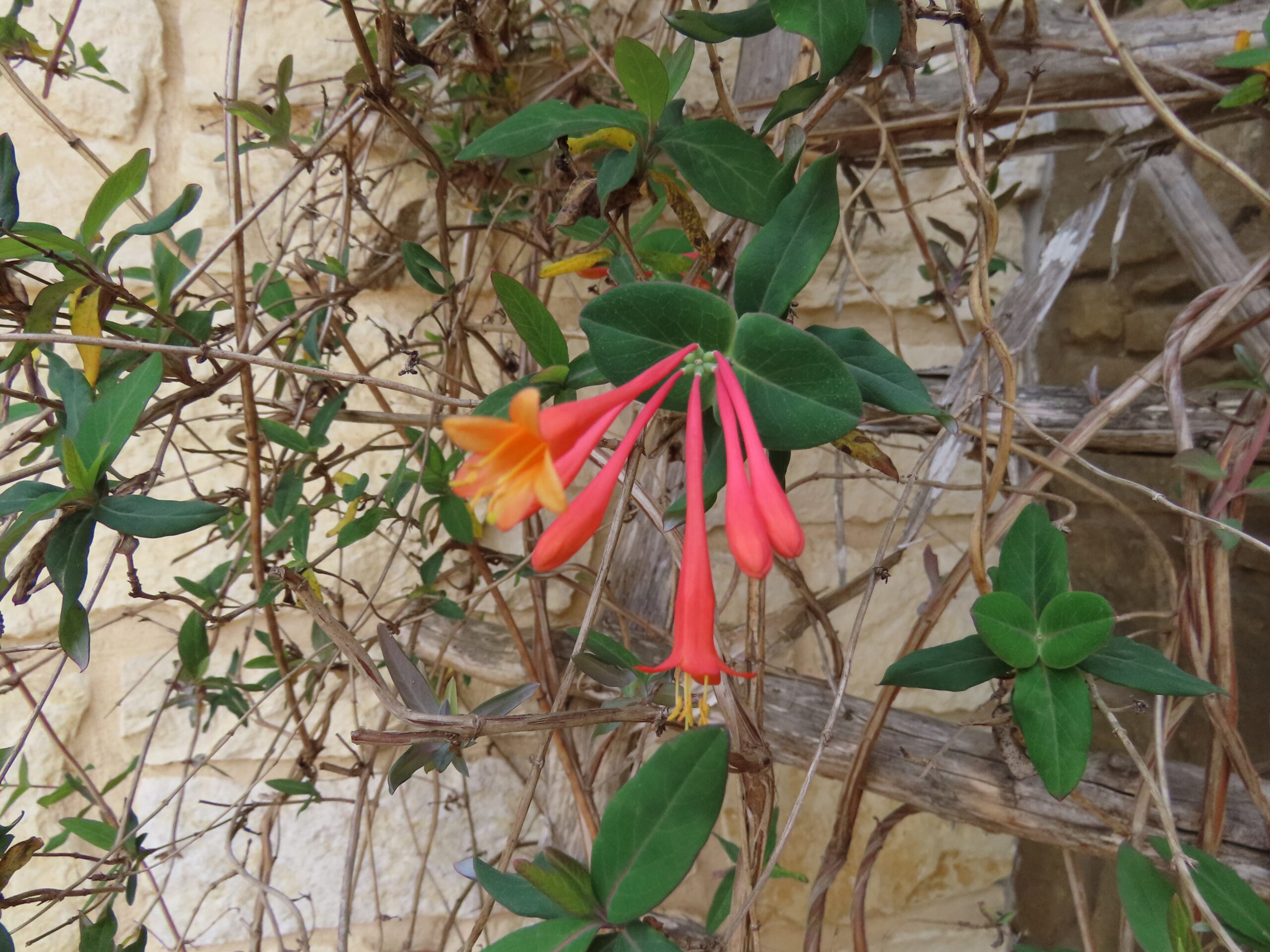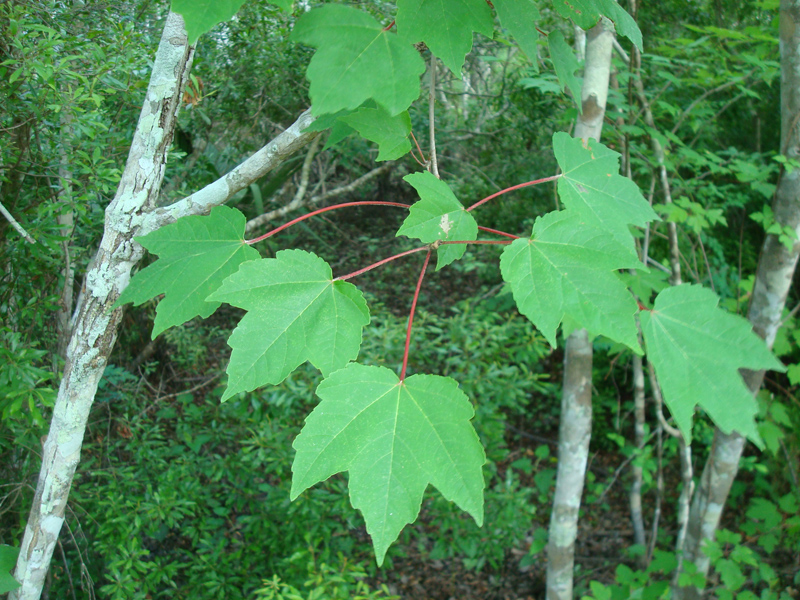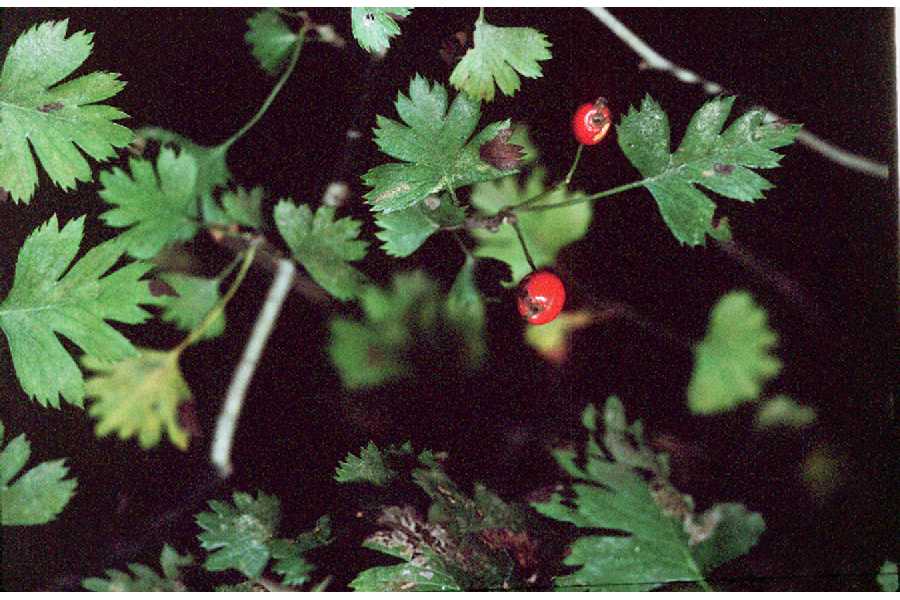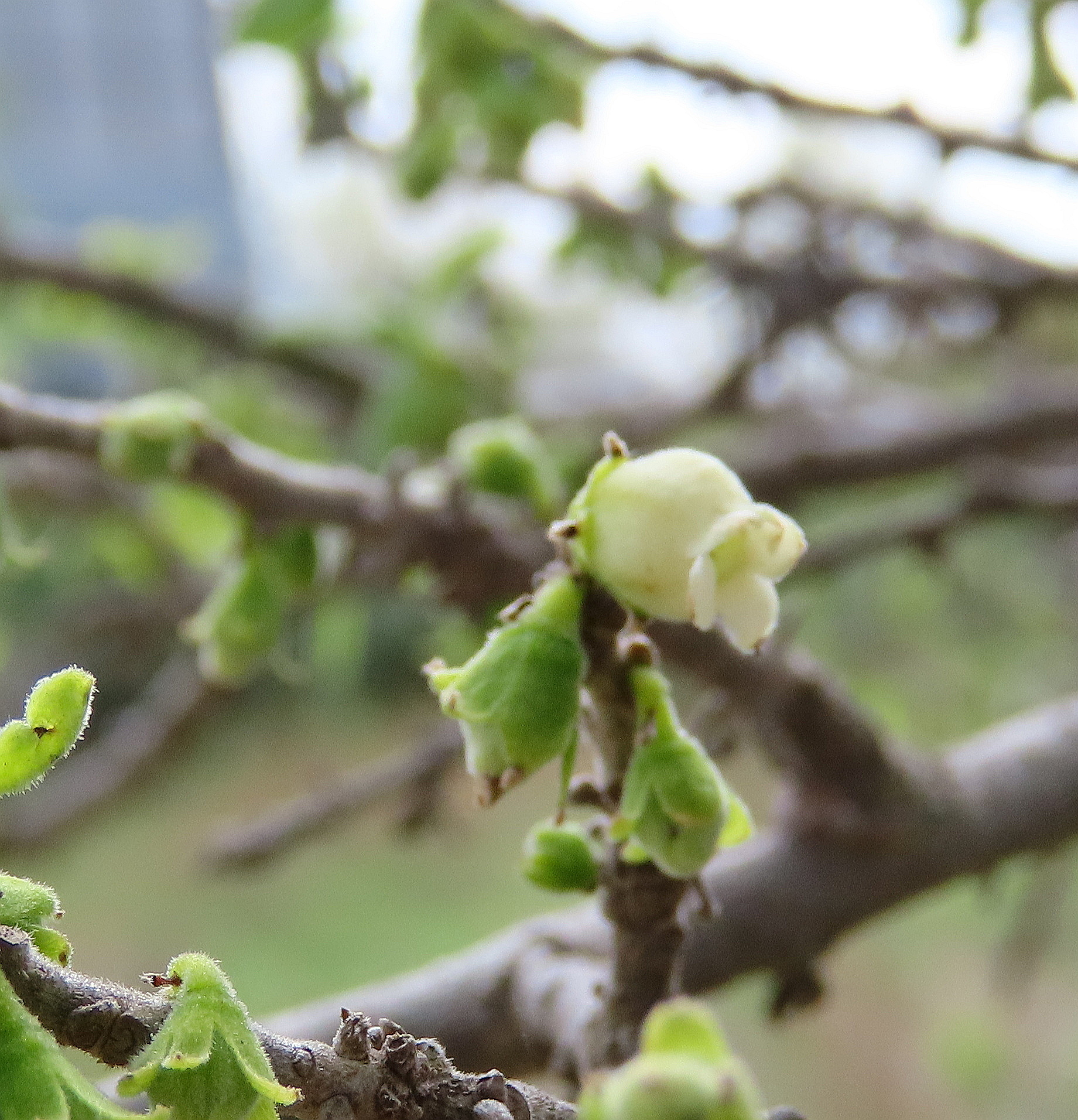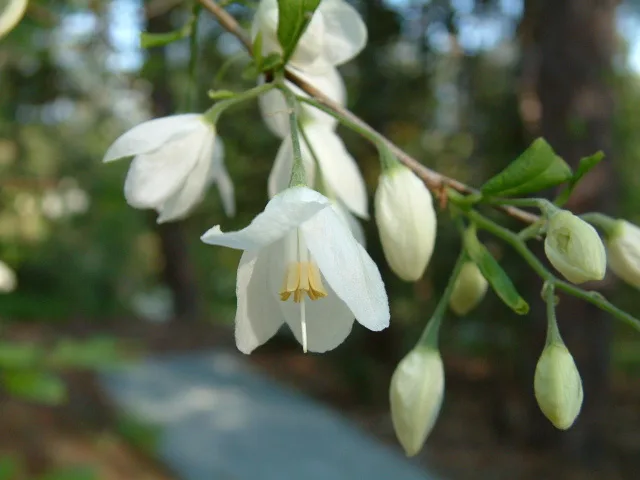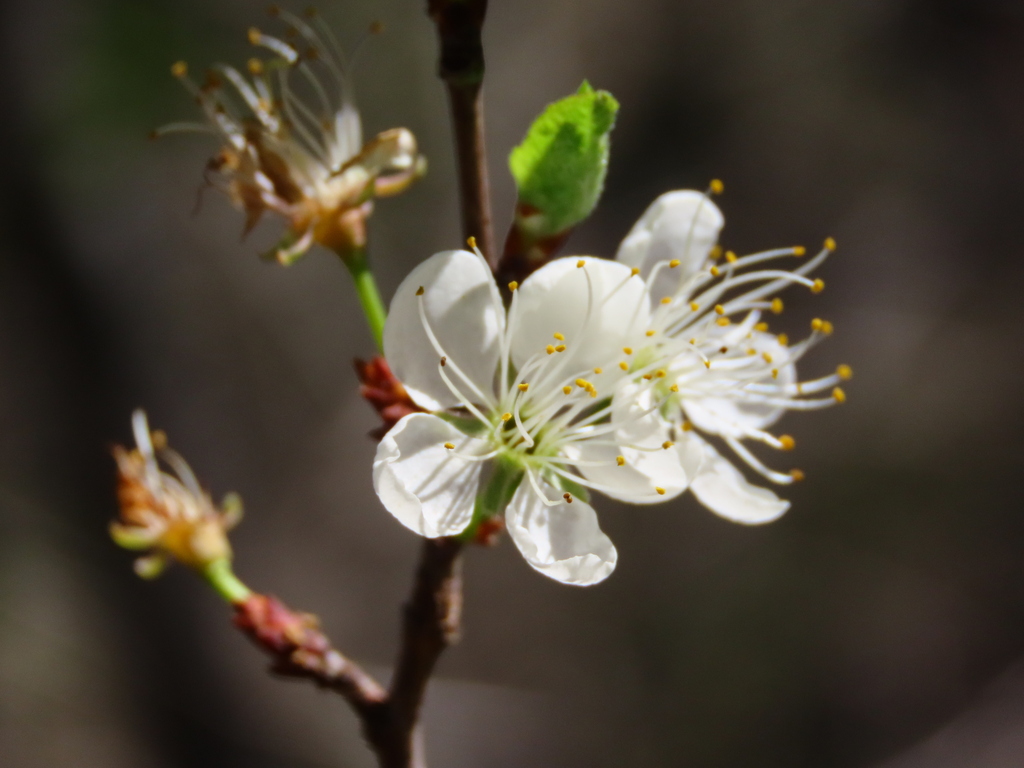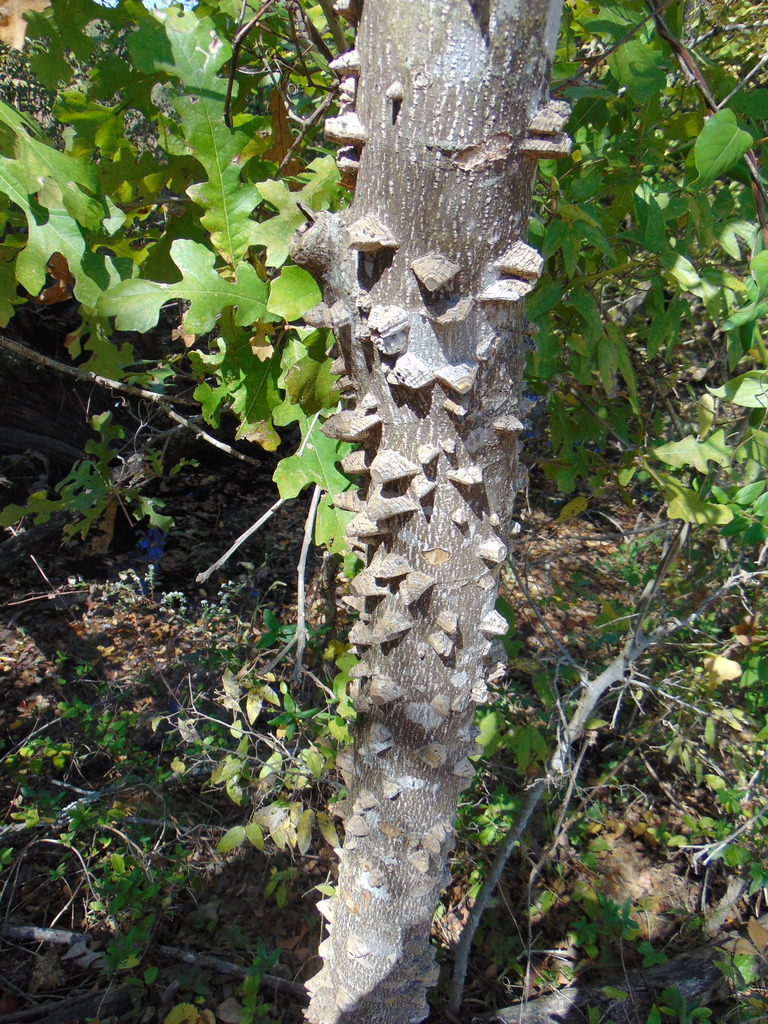Wildscapes Workshop features a unique opportunity for attendees to purchase high-quality local native plants. Our contract growers are carefully vetted to ensure that we maintain the gold standard of local native plant varieties for your garden. Mary Spolyar’s talk at the workshop will highlight some of the species of flowers, grasses, trees, and shrubs we will be selling.
Below is a final list of the plants for sale. You can click each plant to see more information, or use the table at the bottom of this page to make your own shopping list. Happy pre-shopping!
Table of Contents
Available Plants by Type
Herbaceous
Blue Mistflower
Conoclinium coelestinum
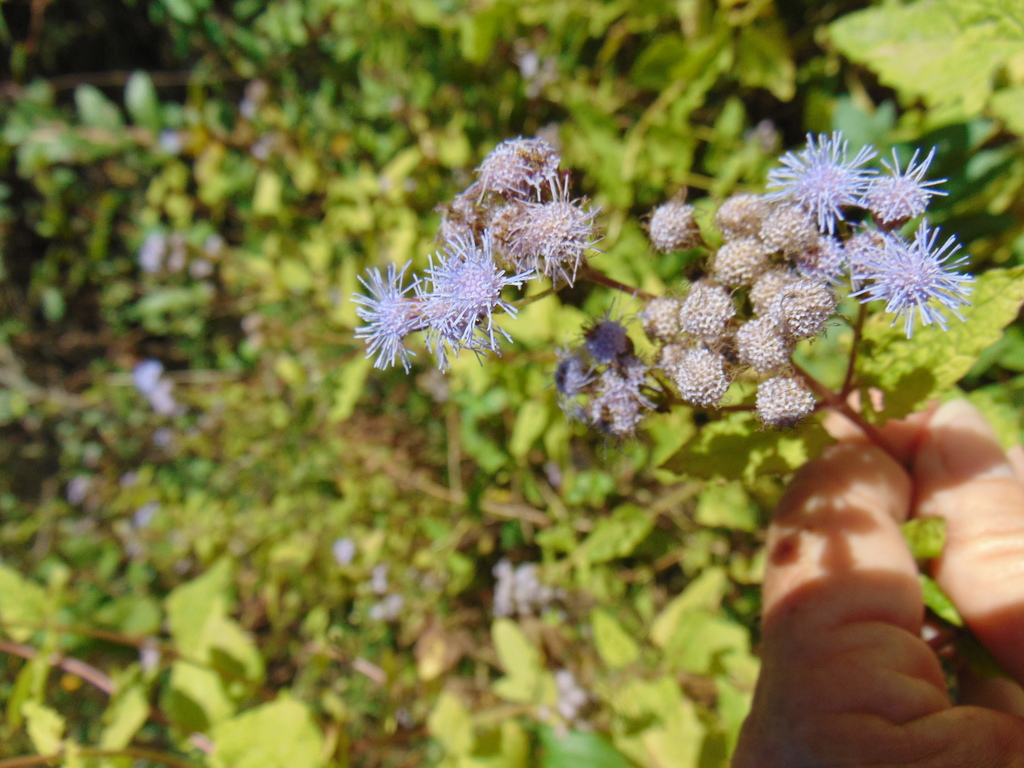
Lanceleaf Coreopsis
Coreopsis lanceolata
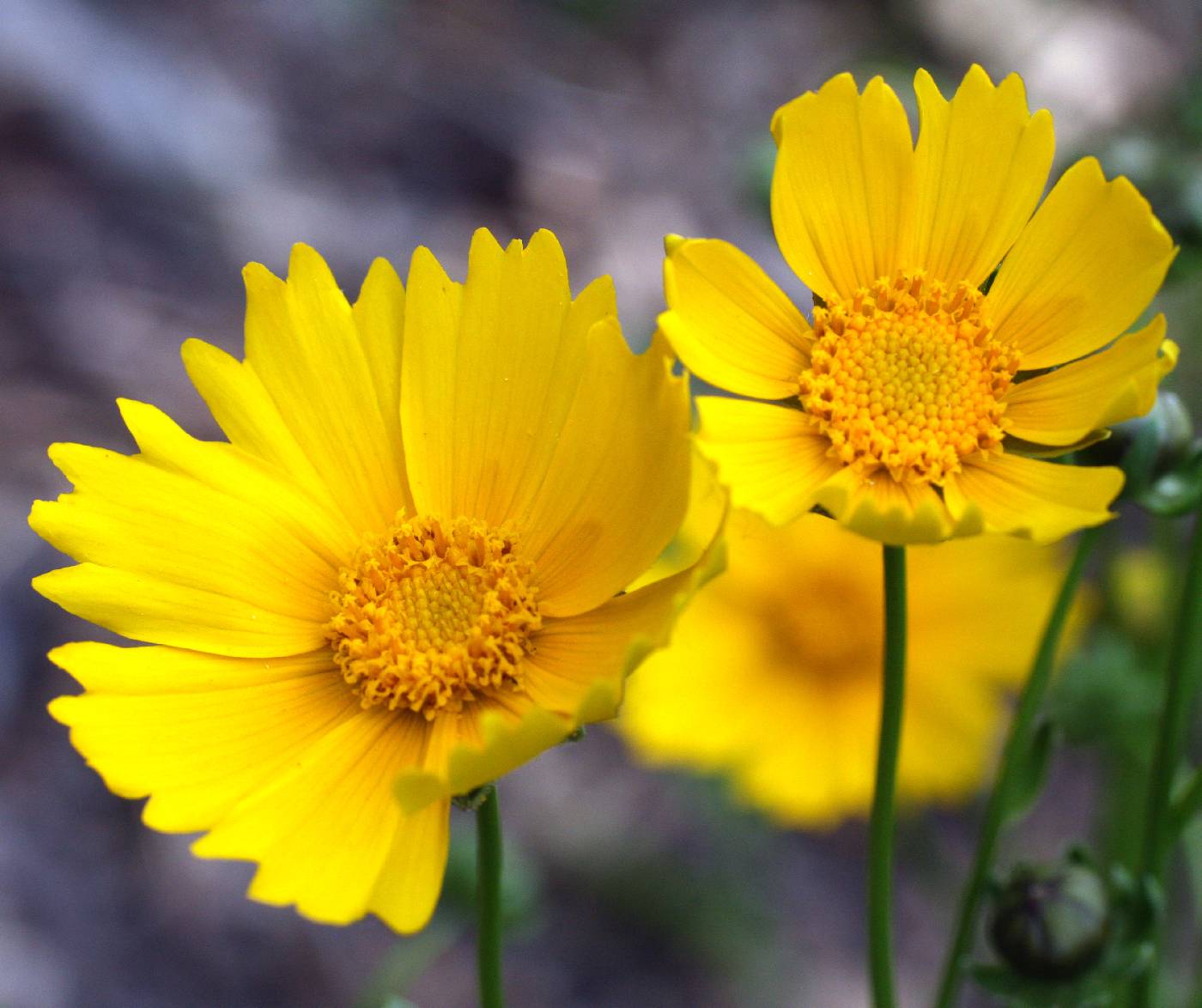
Rattlesnake Master
Eryngium yuccifolium
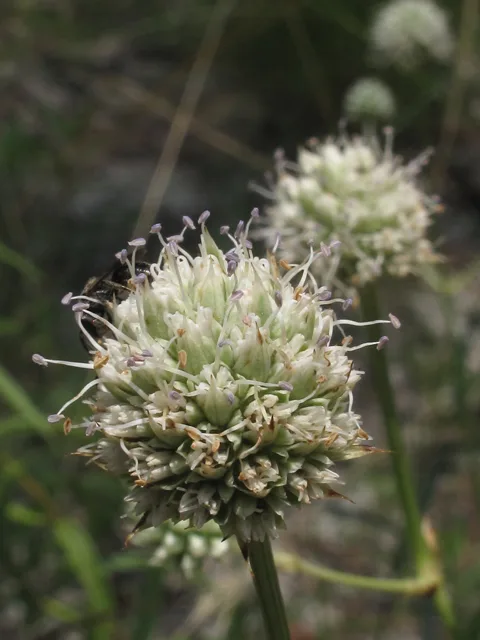
Swamp Sunflower
Helianthus angustifolius
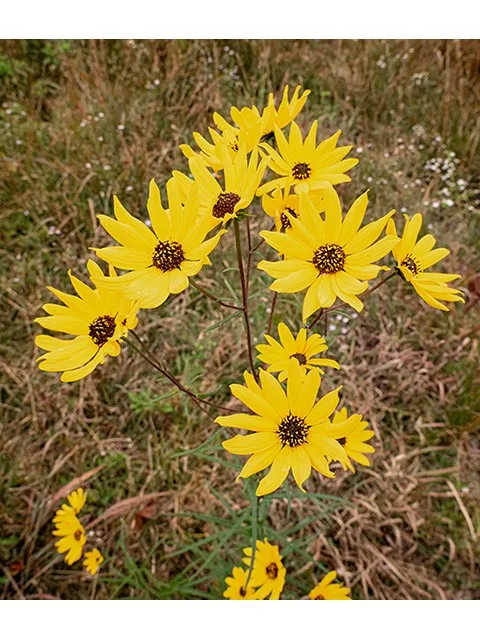
Hairy Sunflower
Helianthus hirsutus
Louisiana Spiderlily
Hymenocallis liriosme
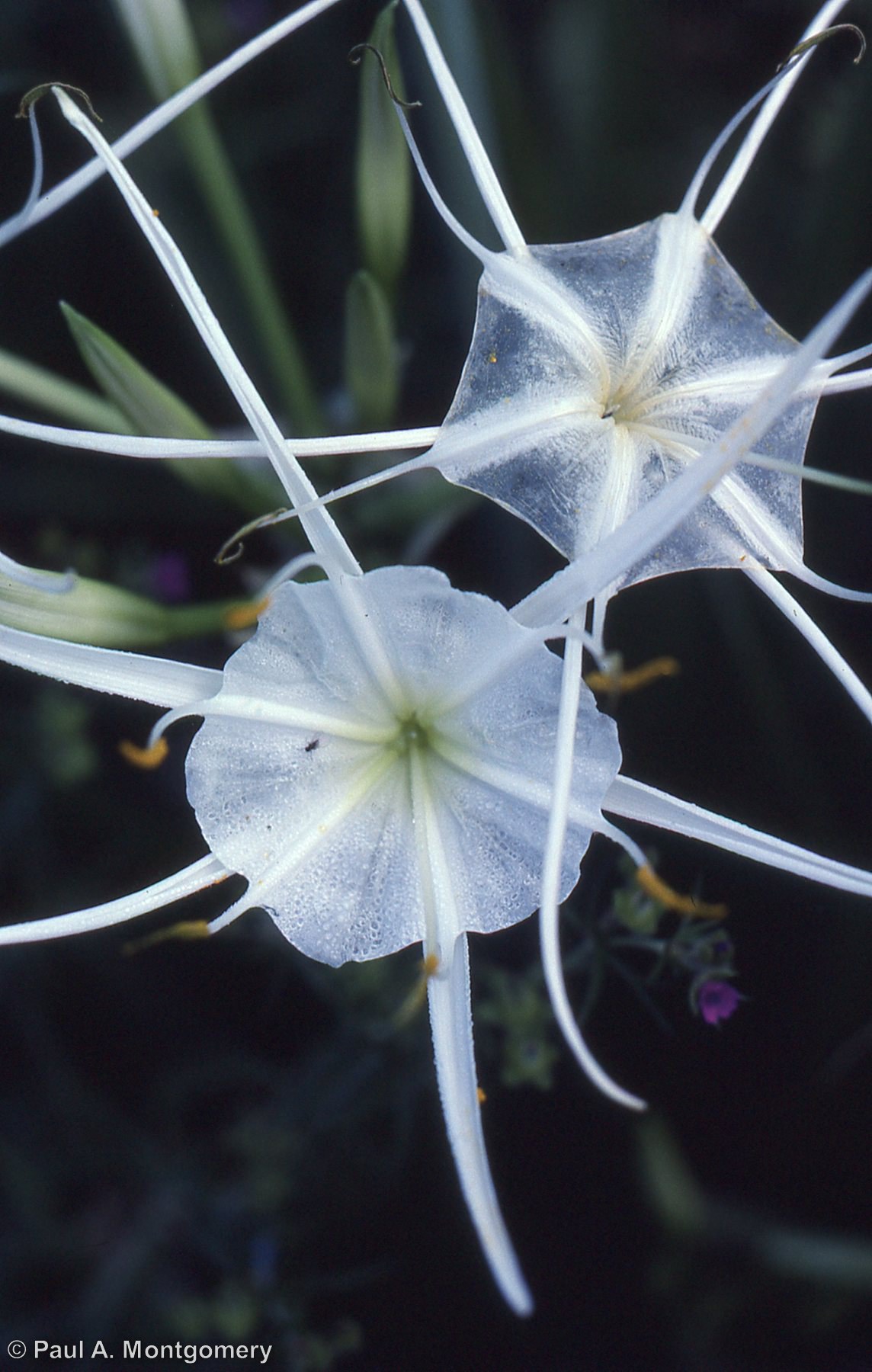
Clustered Bushmint
Hyptis alata
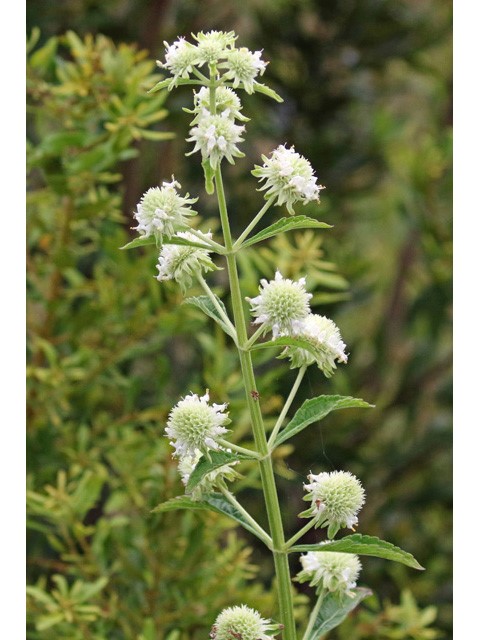
Zigzag Iris
Iris brevicaulis
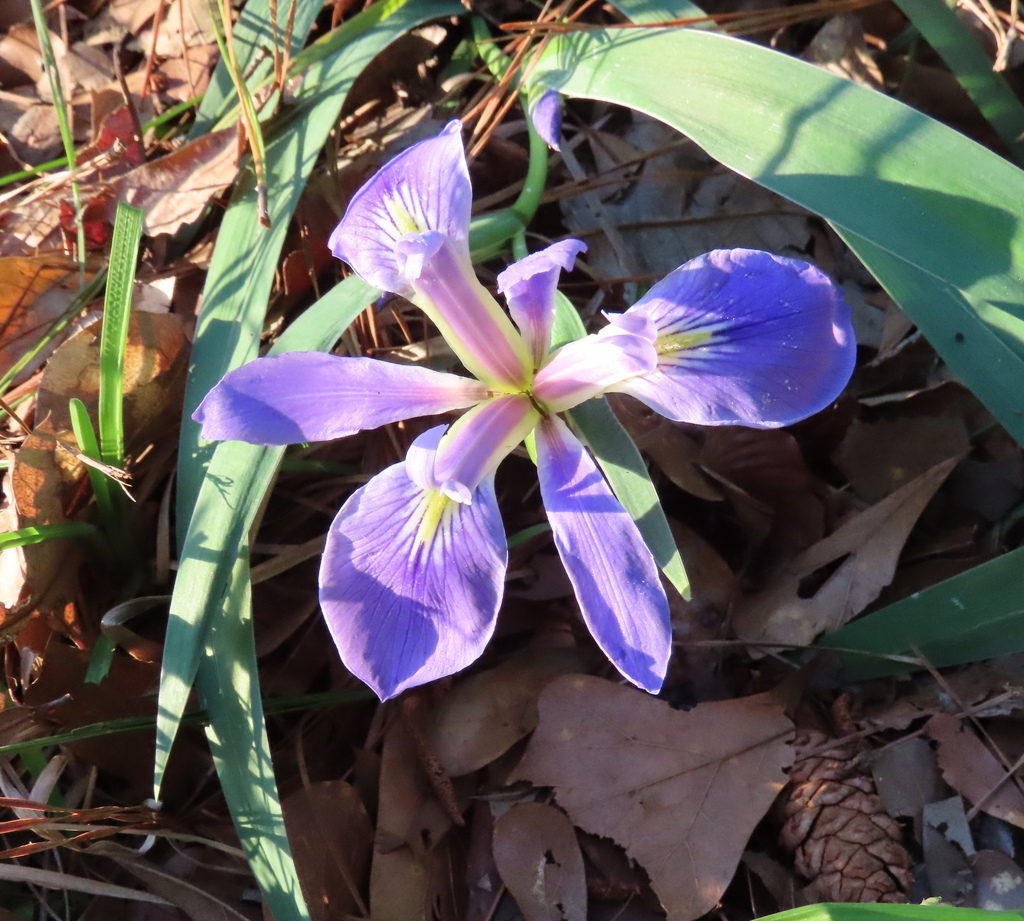
Southern Blue Flag Iris
Iris virginica
Prairie Gayfeather
Liatris pycnostachya
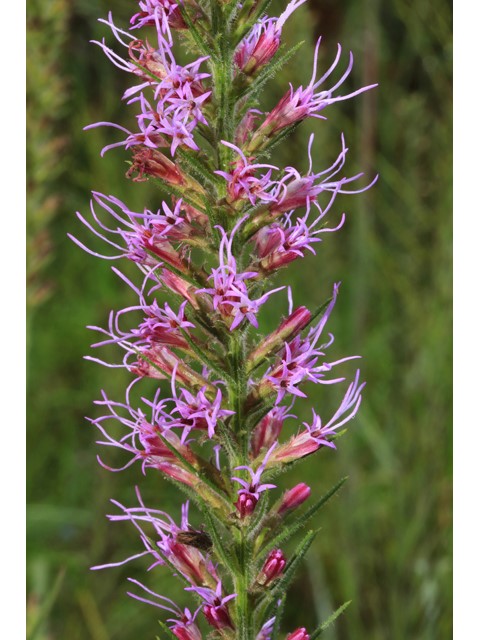
Butterfly Gaura
Oenothera lindheimeri
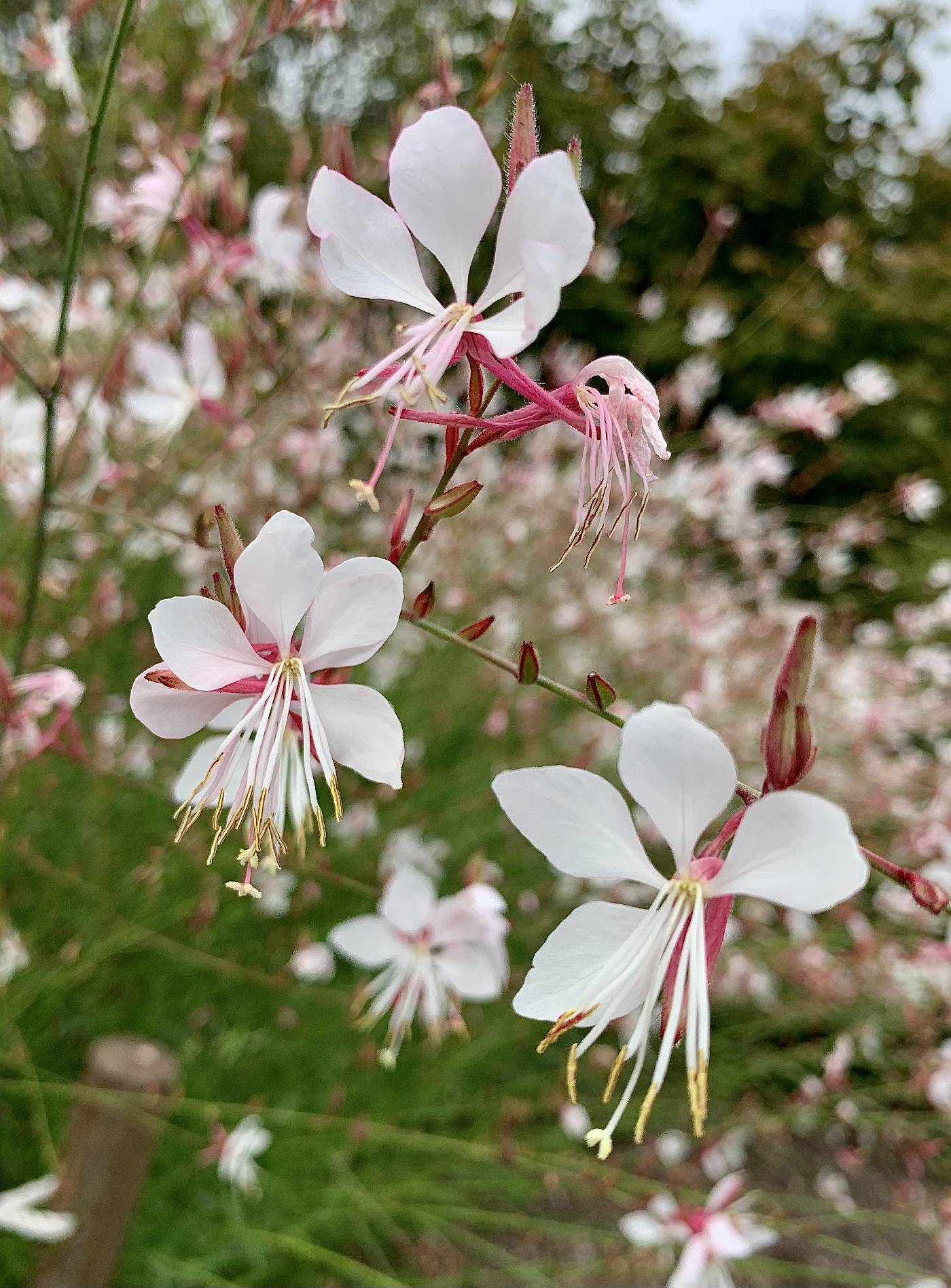
Mexican Hat
Ratibida columnifera
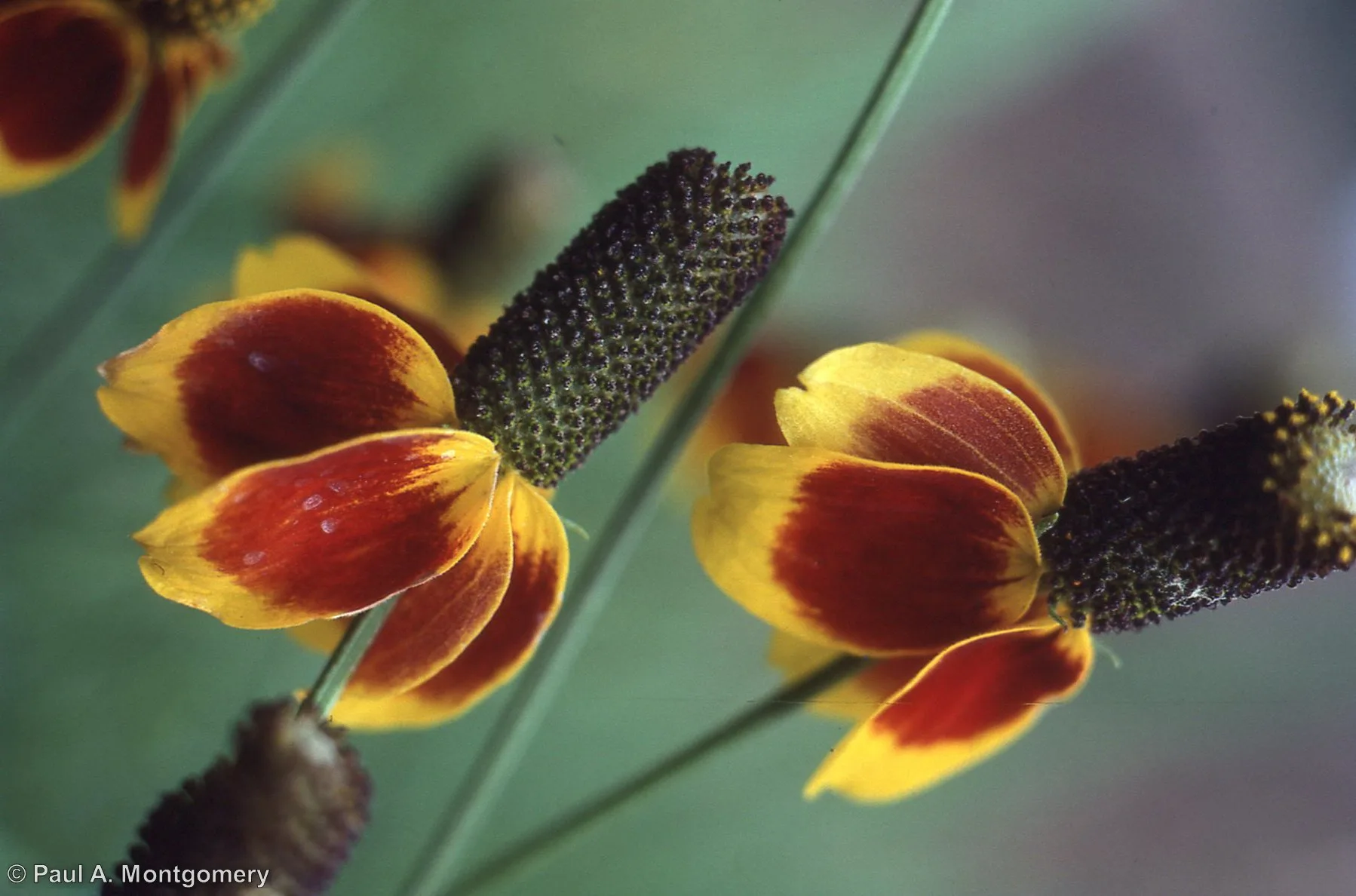
Rough Coneflower
Rudbeckia grandiflora
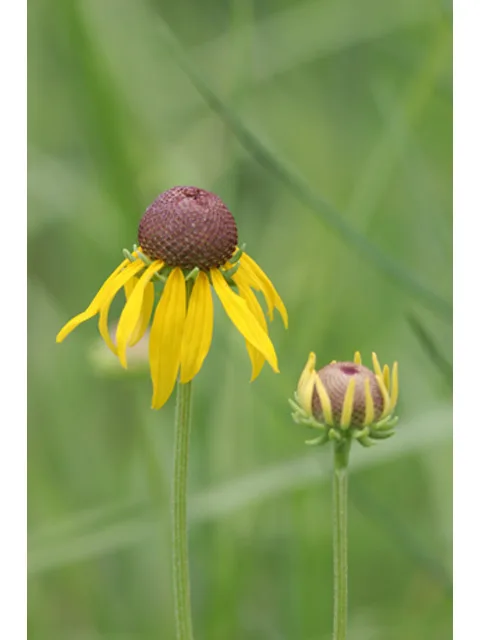
Wild Petunia
Ruellia nudiflora
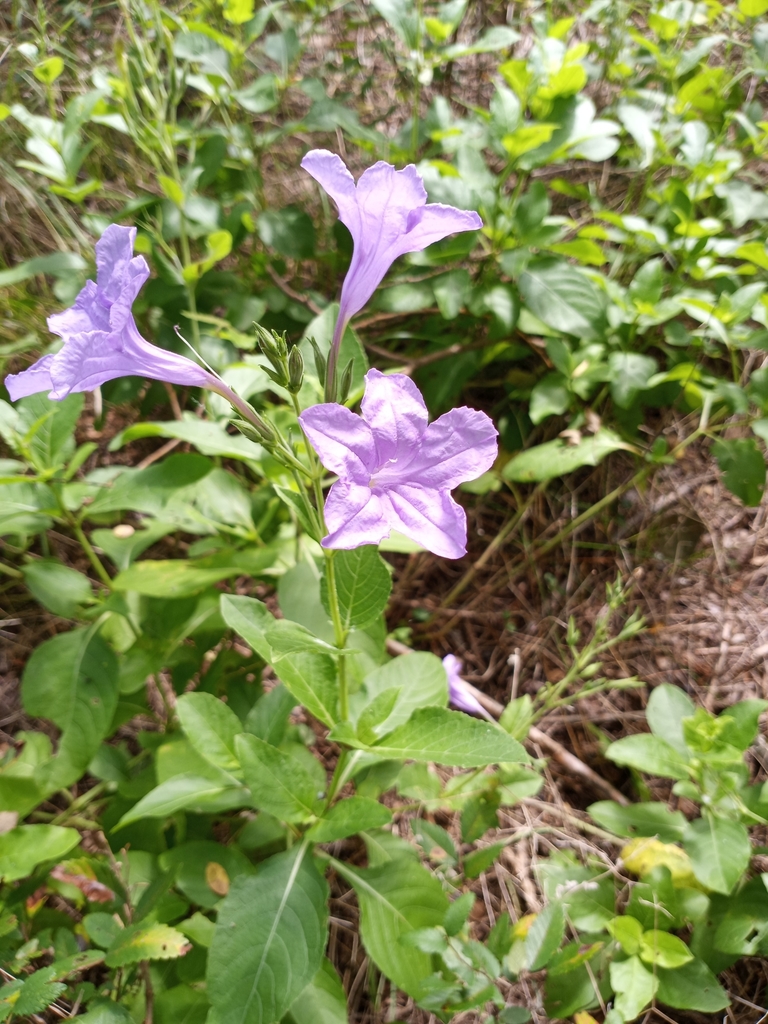
Lyre Leaf Sage
Salvia lyrata
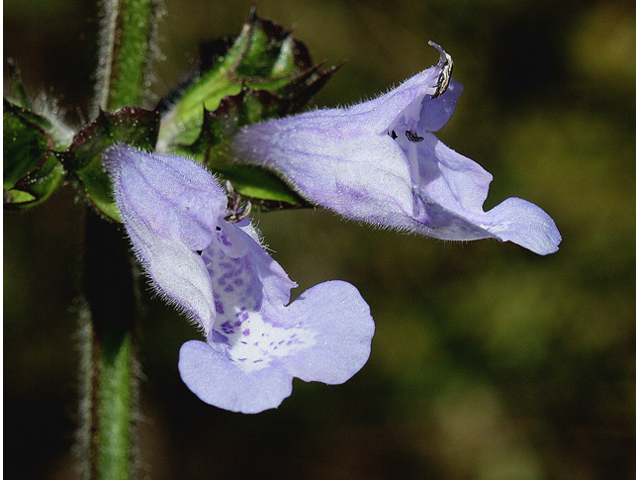
Rosinweed Sunflower
Silphium radula var. gracile
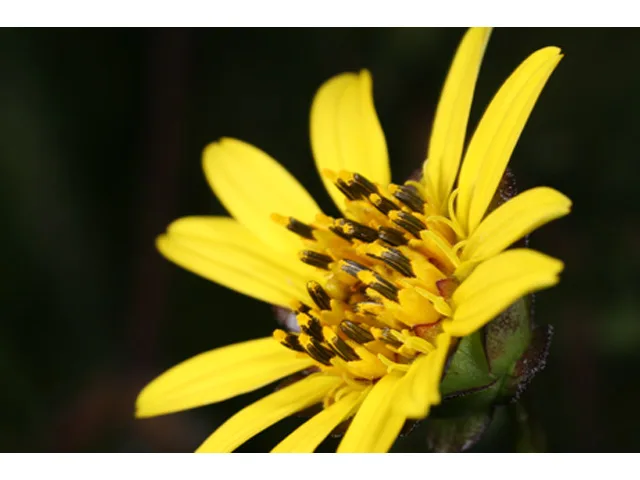
Seaside Goldenrod
Solidago sempervirens
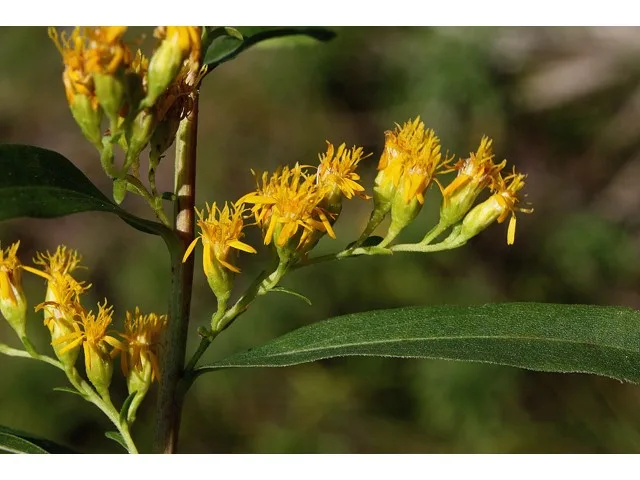
Gulf Vervain
Verbena xutha
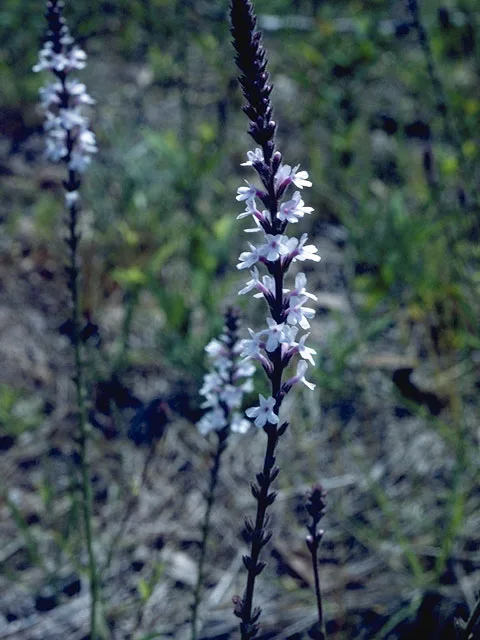
Cowpen Daisy
Verbesina encelioides
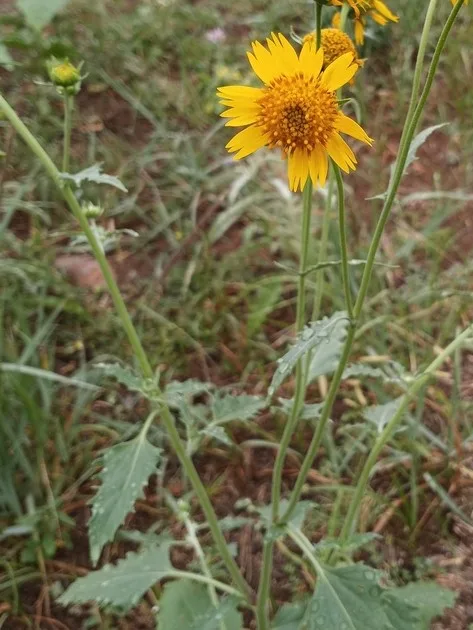
Grass & Sedge
Texas Grama
Bouteloua rigidiseta
Cherokee Sedge
Carex cherokeensis
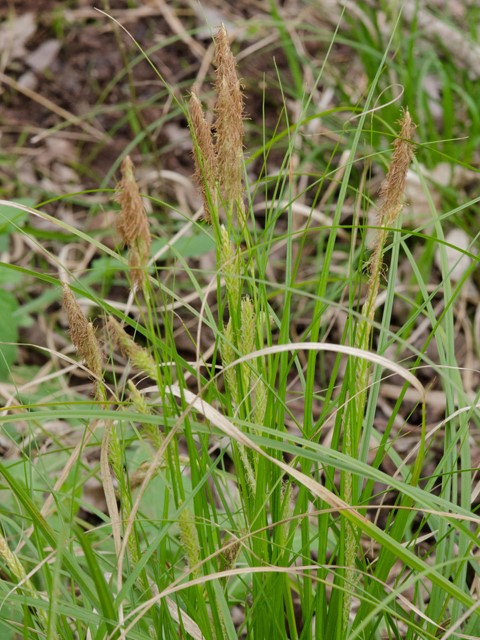
Inland Sea Oats
Chasmanthium latifolium
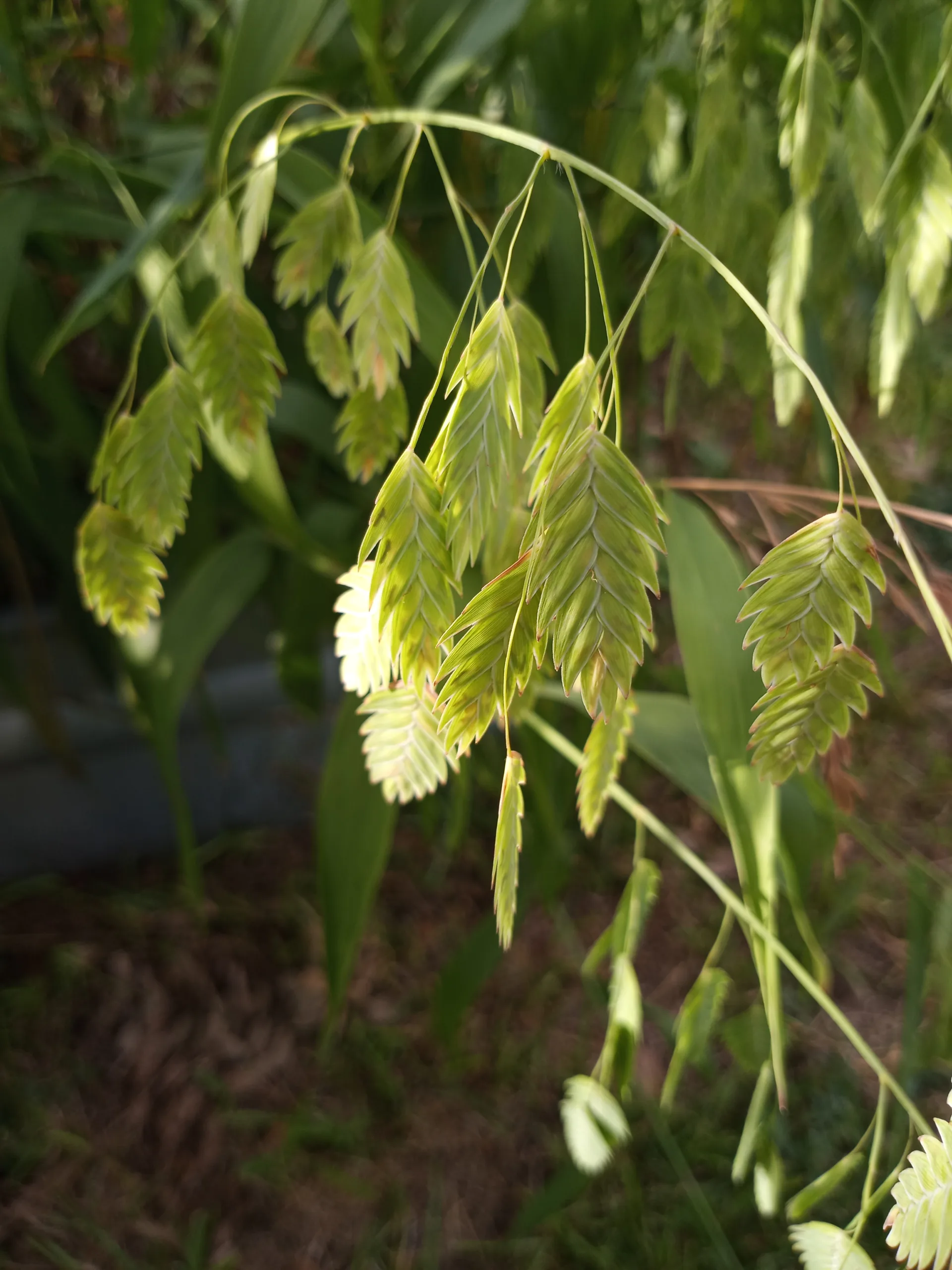
Gulf Muhly
Muhlenbergia capillaris
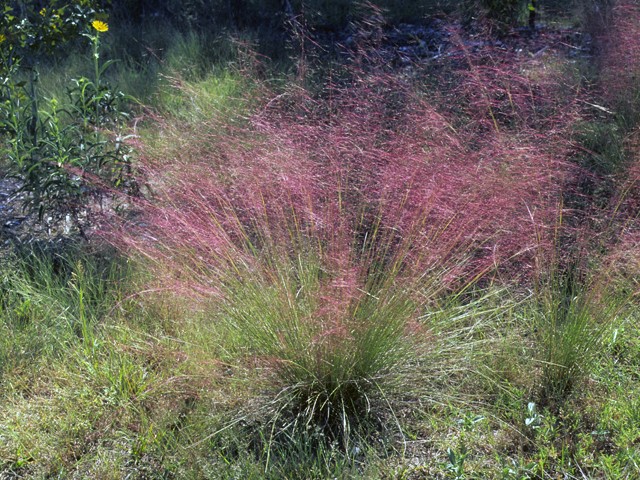
Little Bluestem
Schizachyrium scoparium
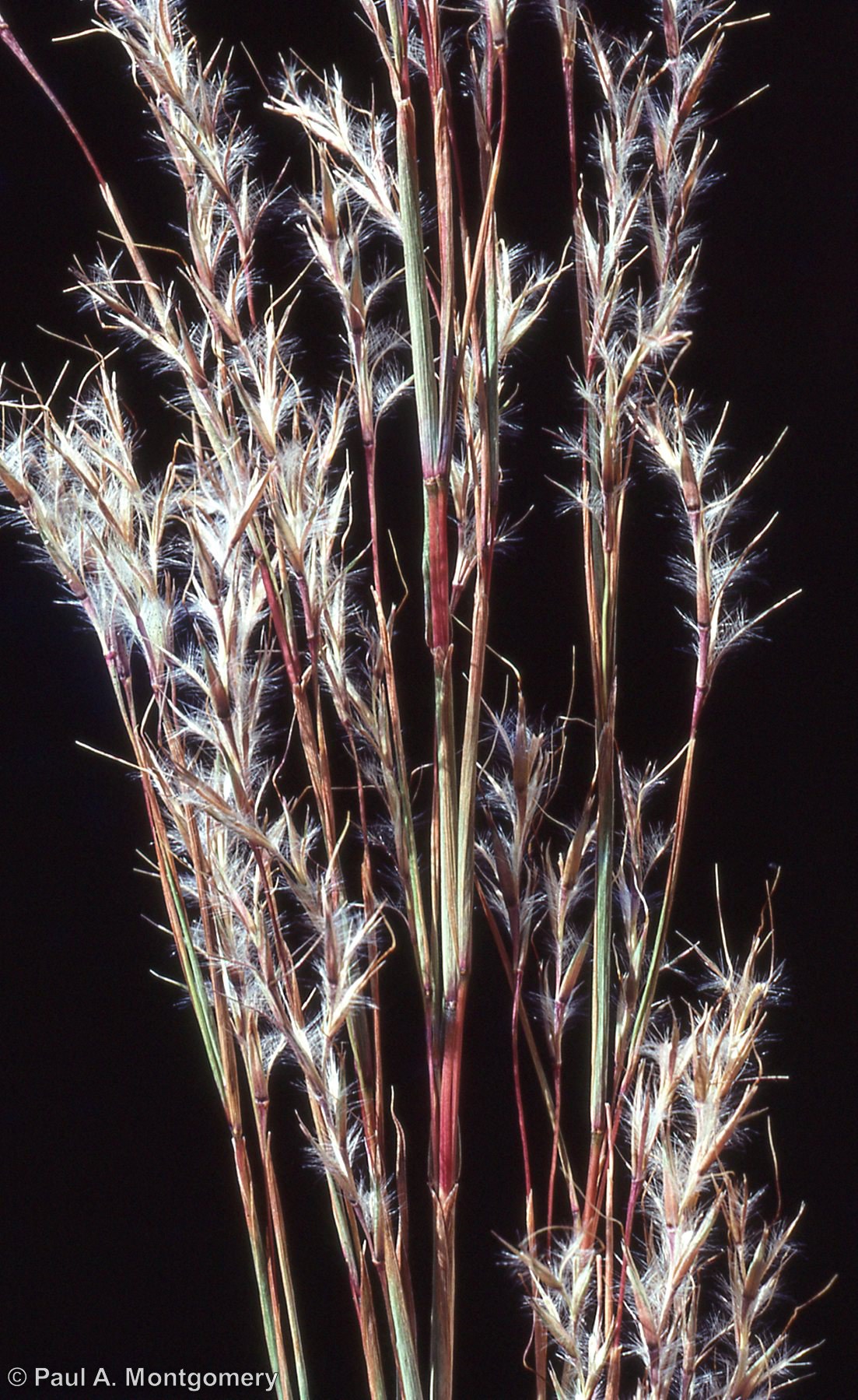
Fern
Groundcover
Shrub
Red Buckeye
Aesculus pavia var. pavia
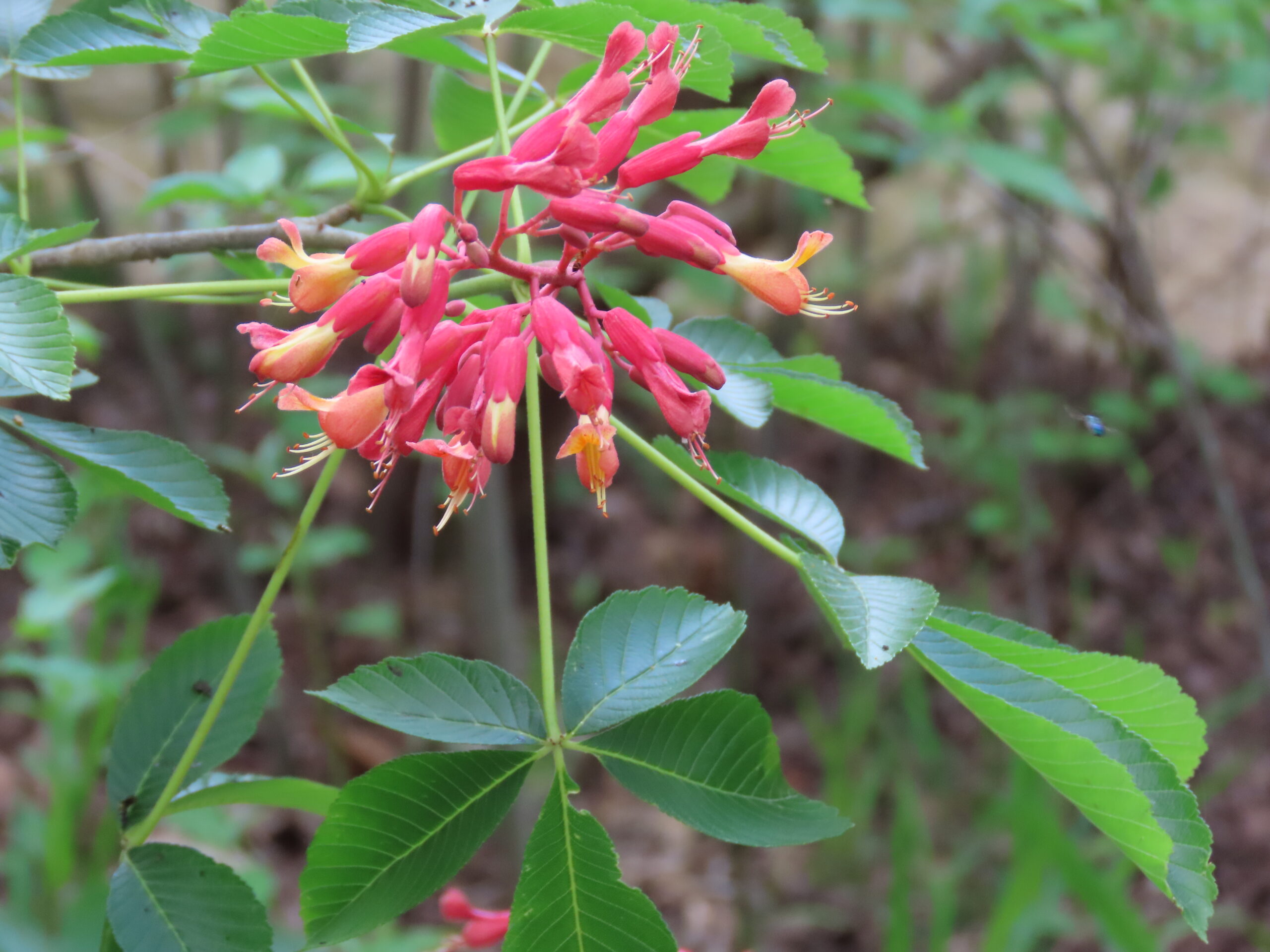
False Indigo Bush
Amorpha fruticosa
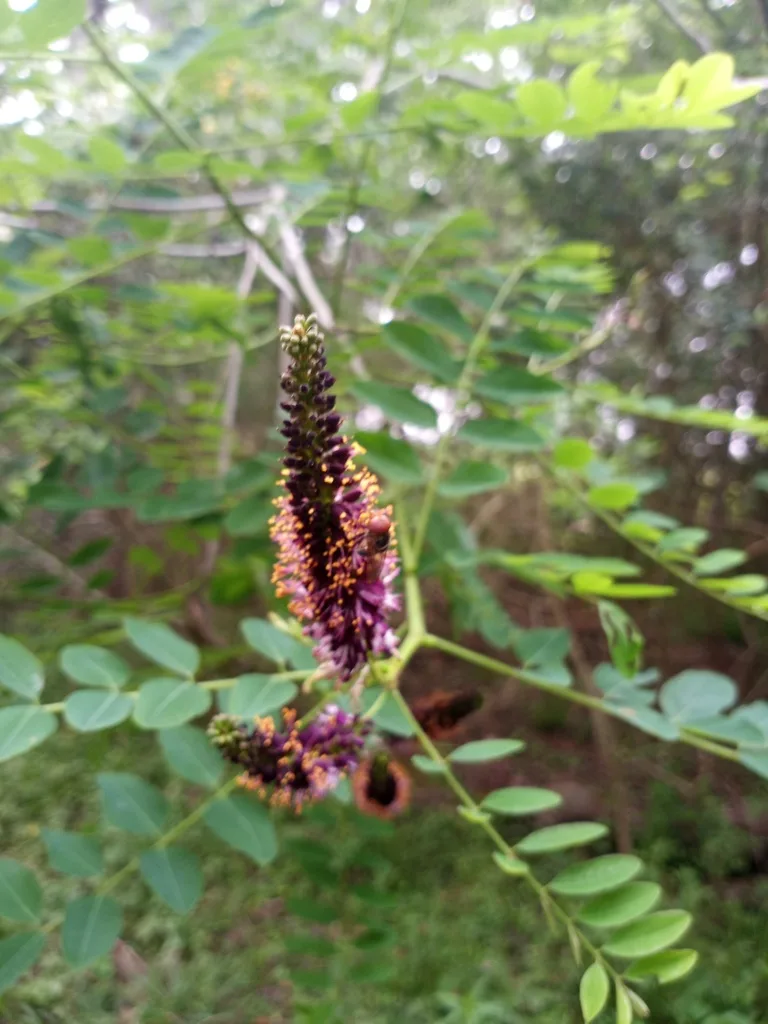
American Beautyberry
Callicarpa americana
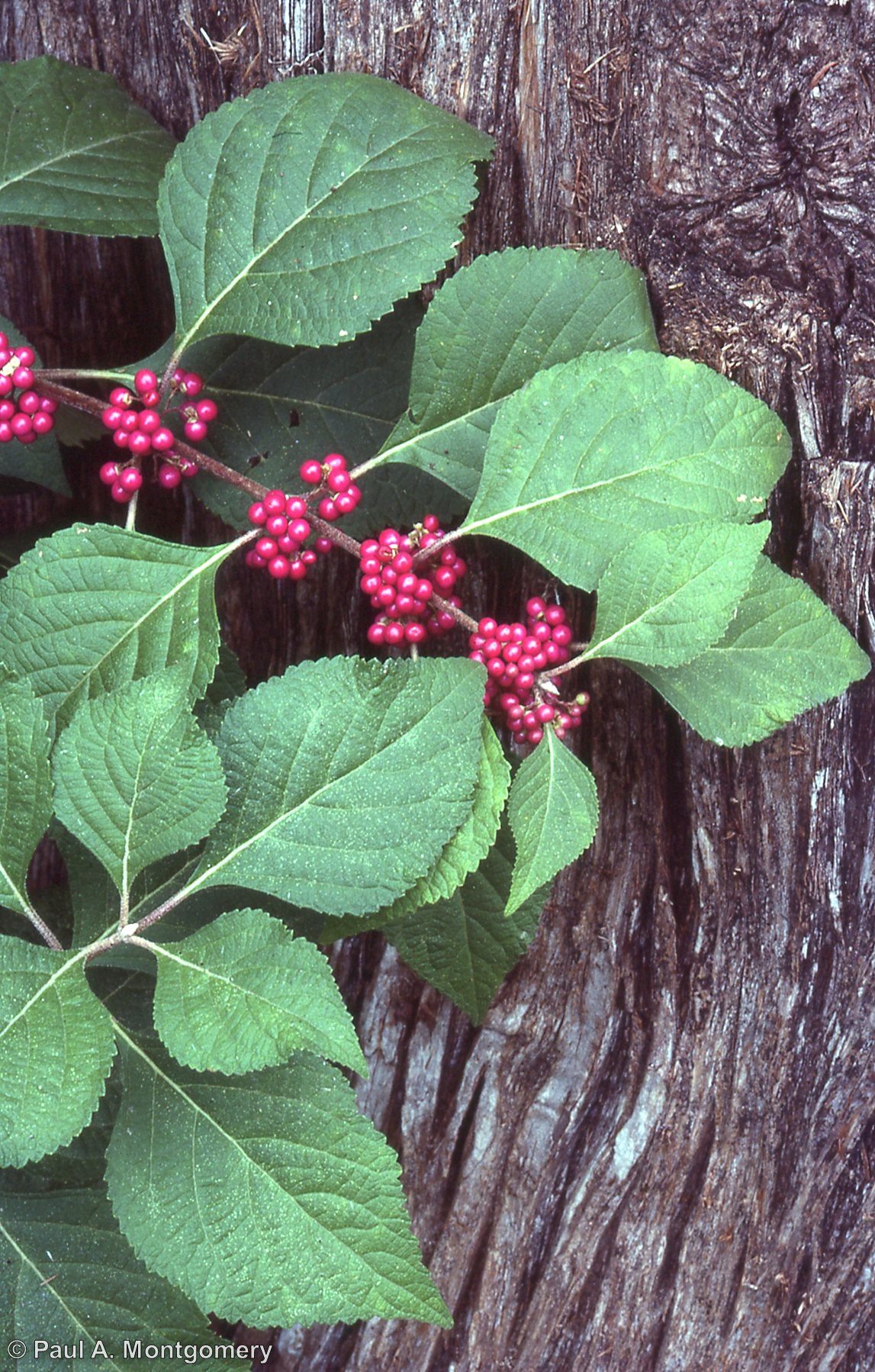
Buttonbush
Cephalanthus occidentalis
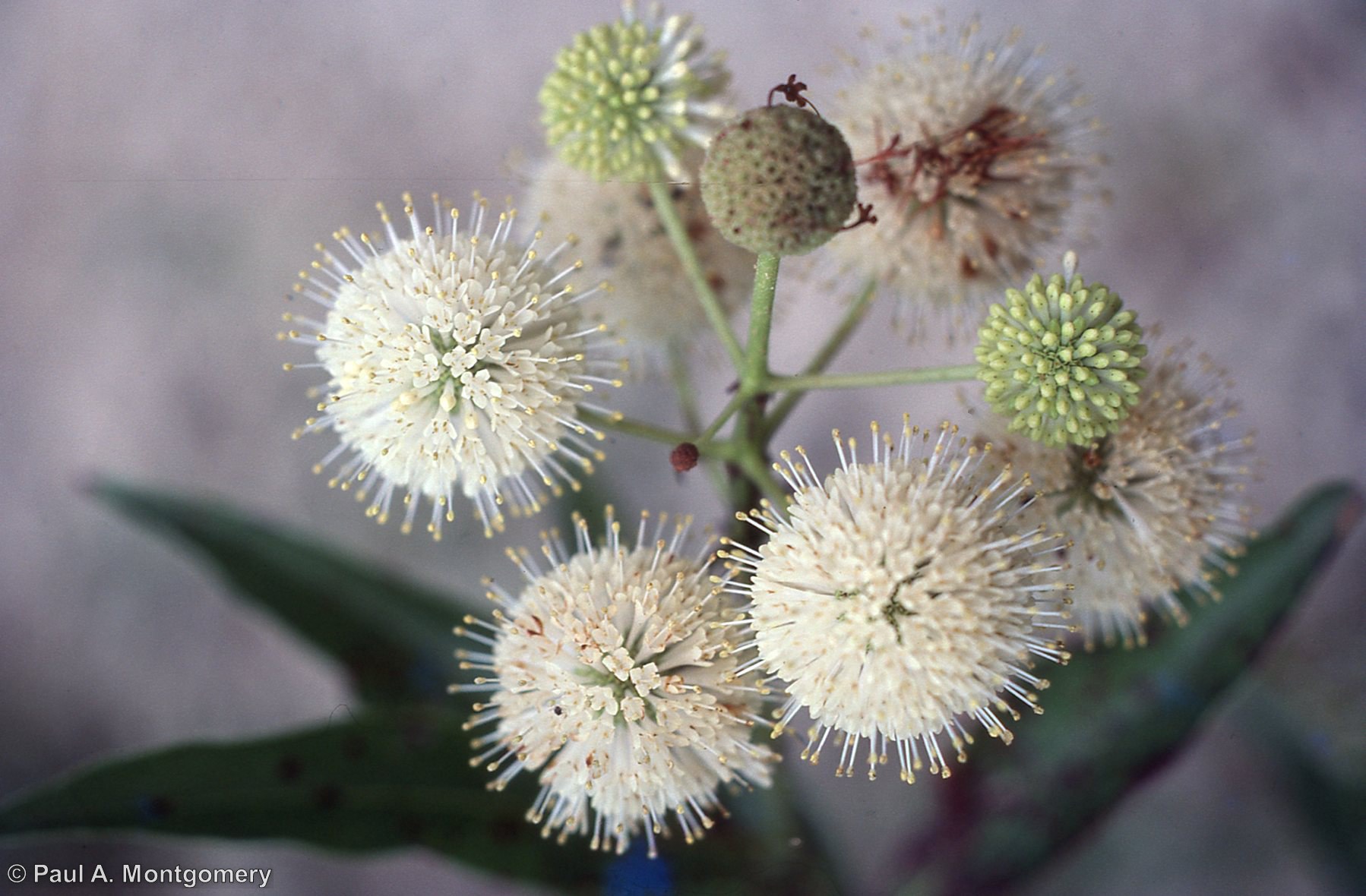
Woolly Rose Mallow
Hibiscus moscheutos ssp. lasiocarpos
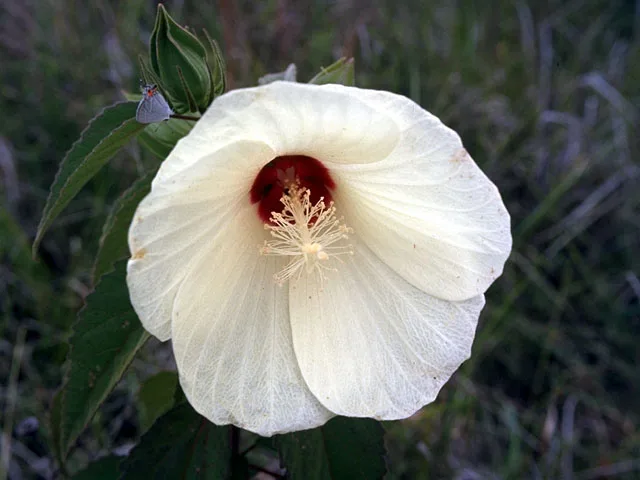
Possumhaw Holly
Ilex decidua
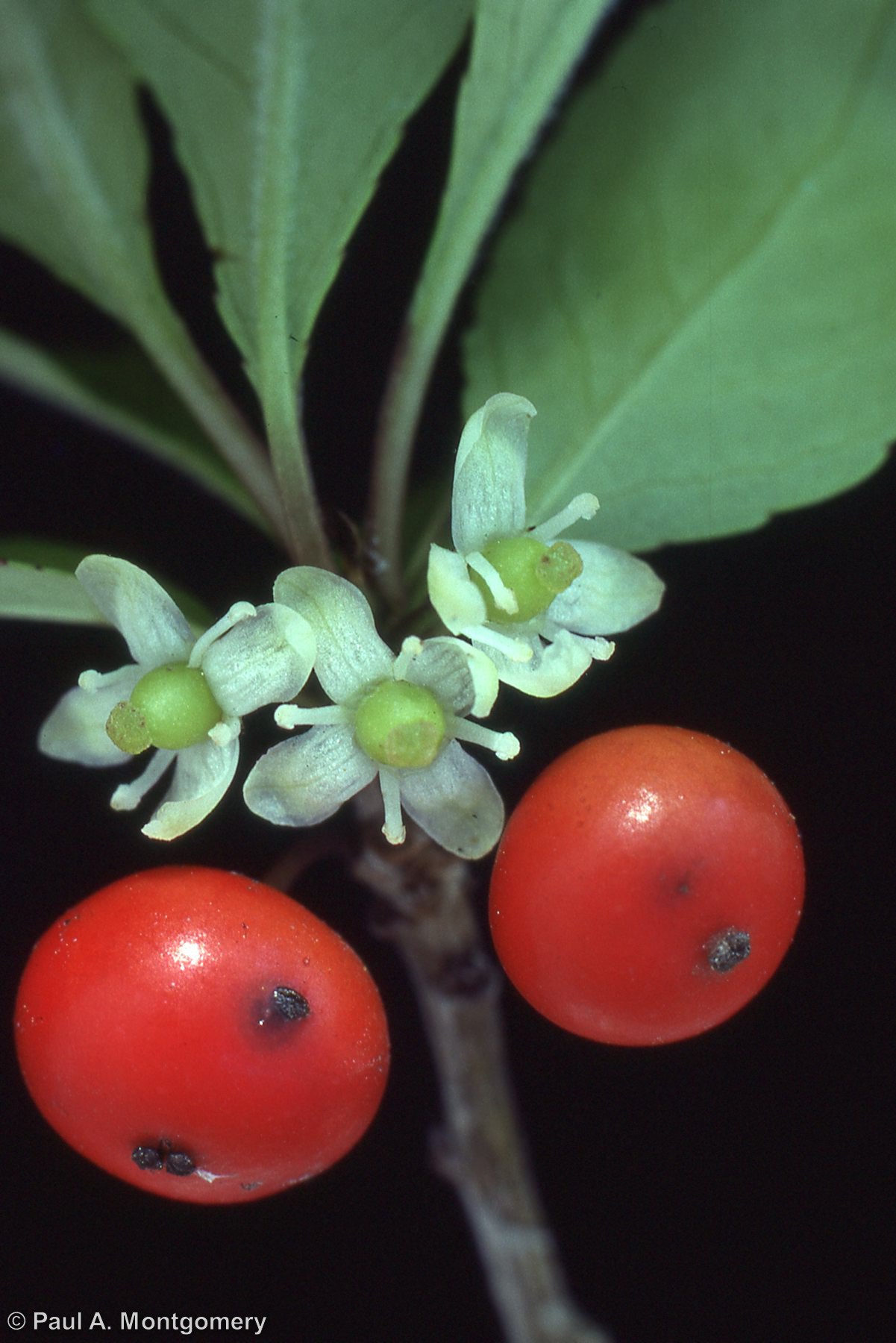
Saltmarsh Mallow
Kosteletzkya pentacarpos
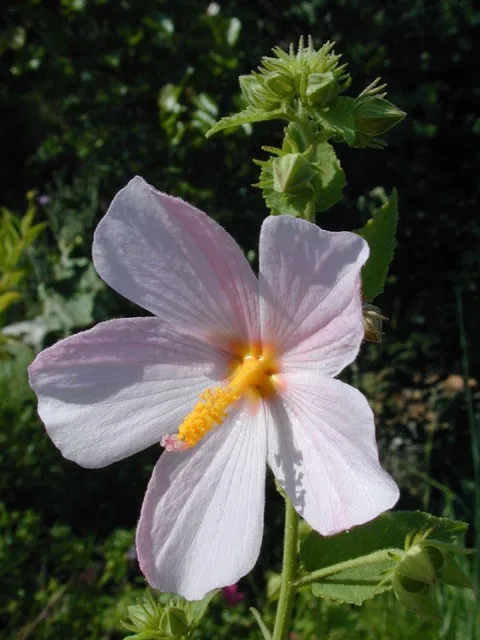
Texas Lantana
Lantana horrida
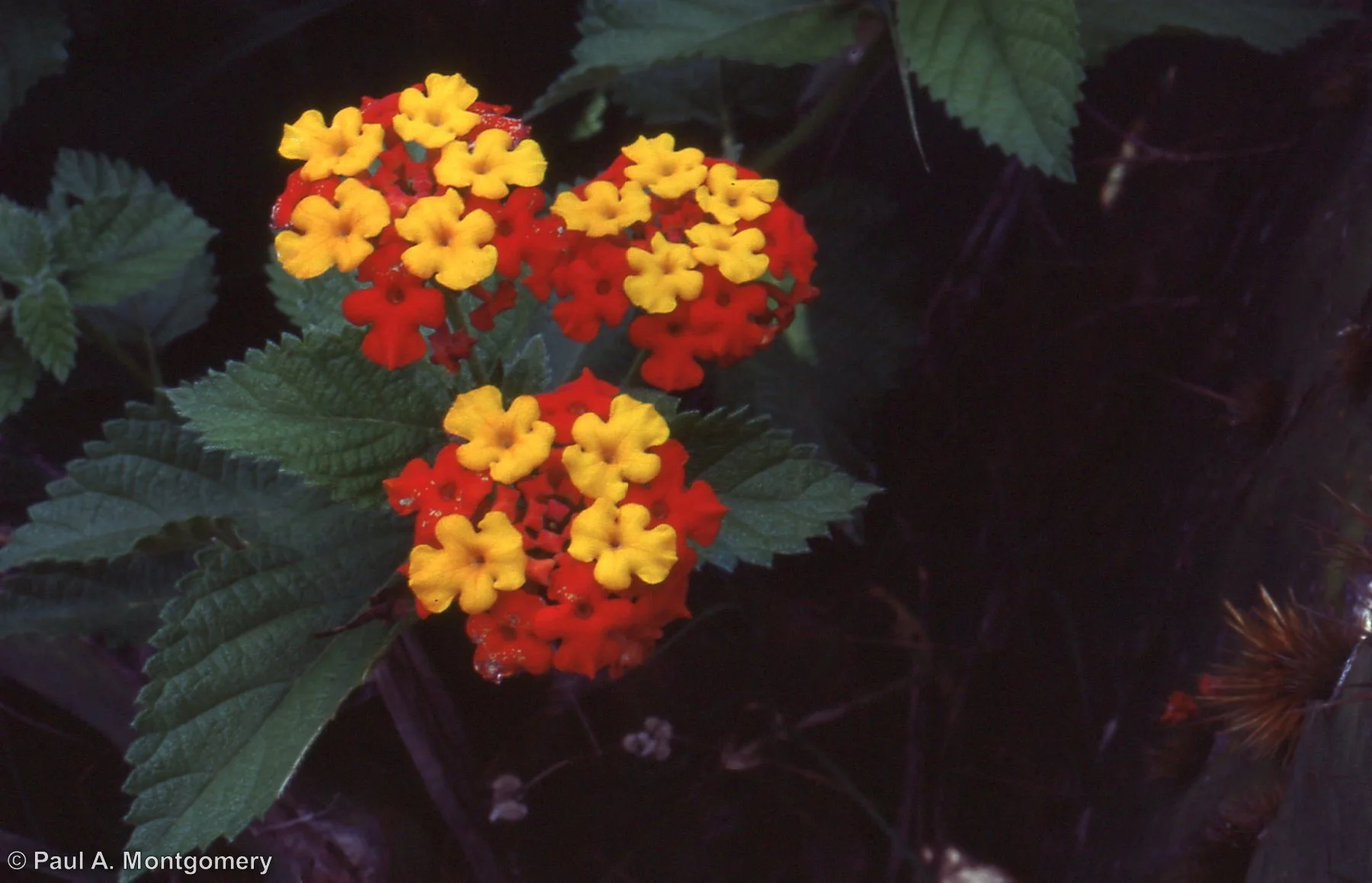
Spicebush
Lindera benzoin
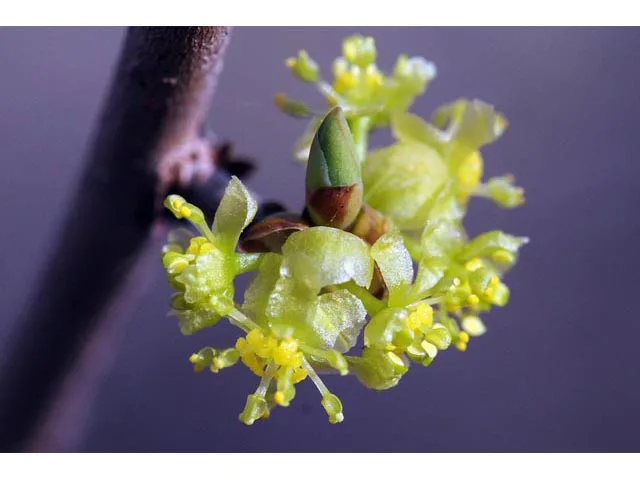
Winged Loosestrife
Lythrum alatum
Turk's Cap
Malvaviscus arboreus
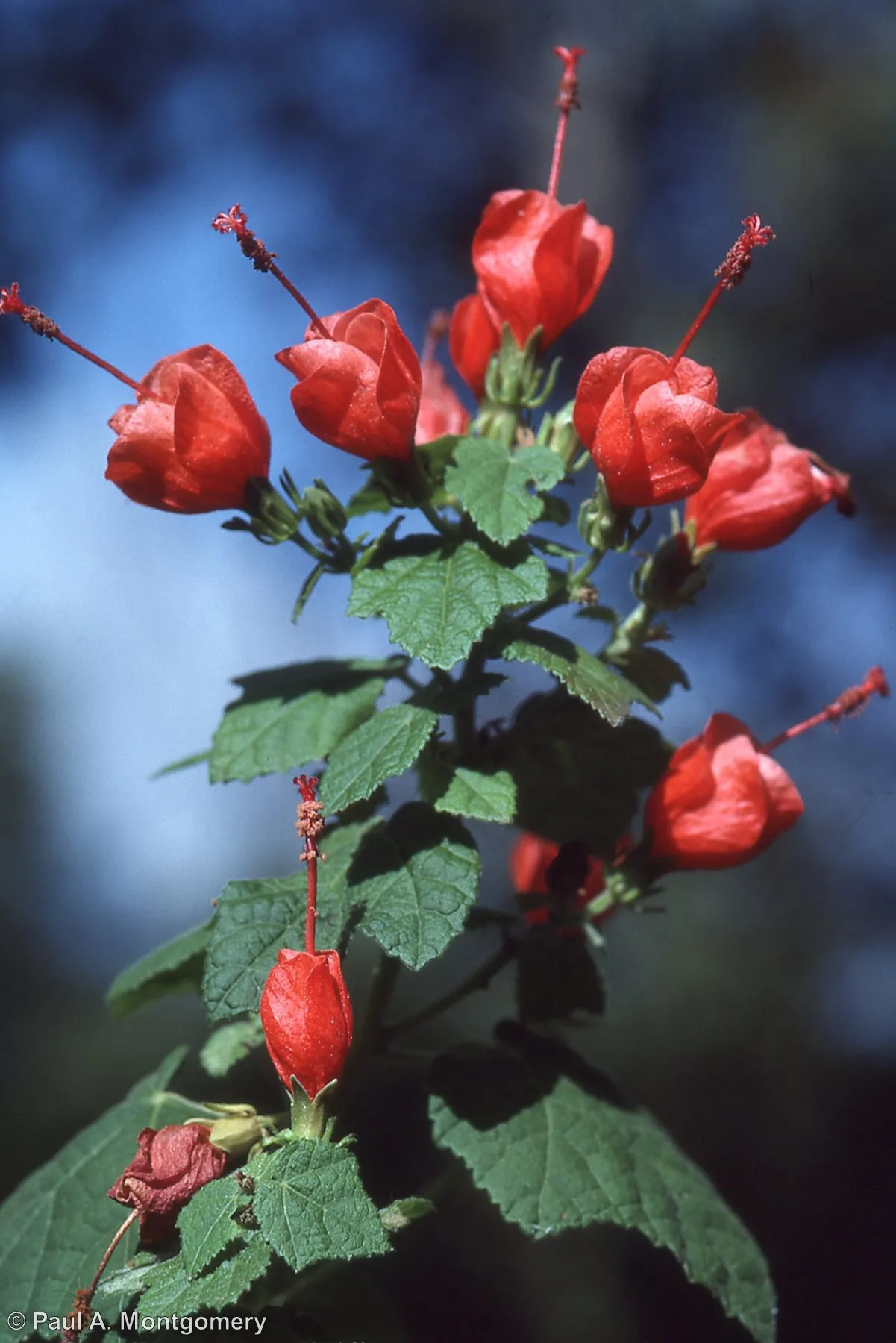
Dwarf Palmetto
Sabal minor
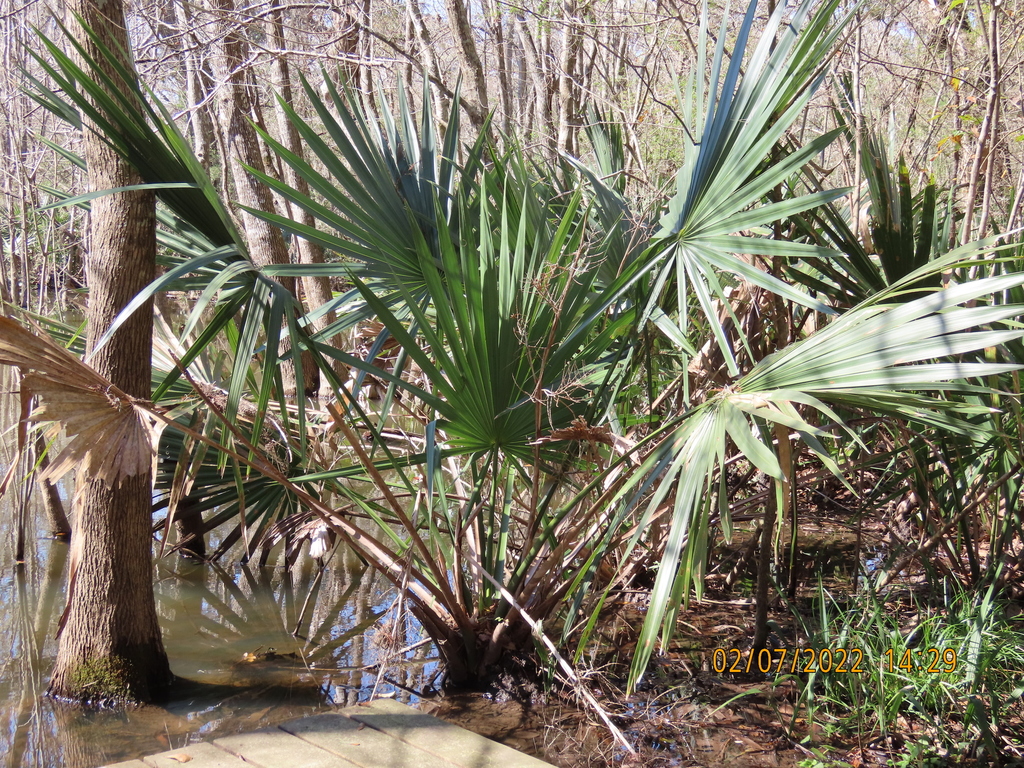
Coralberry
Symphoricarpos orbiculatus
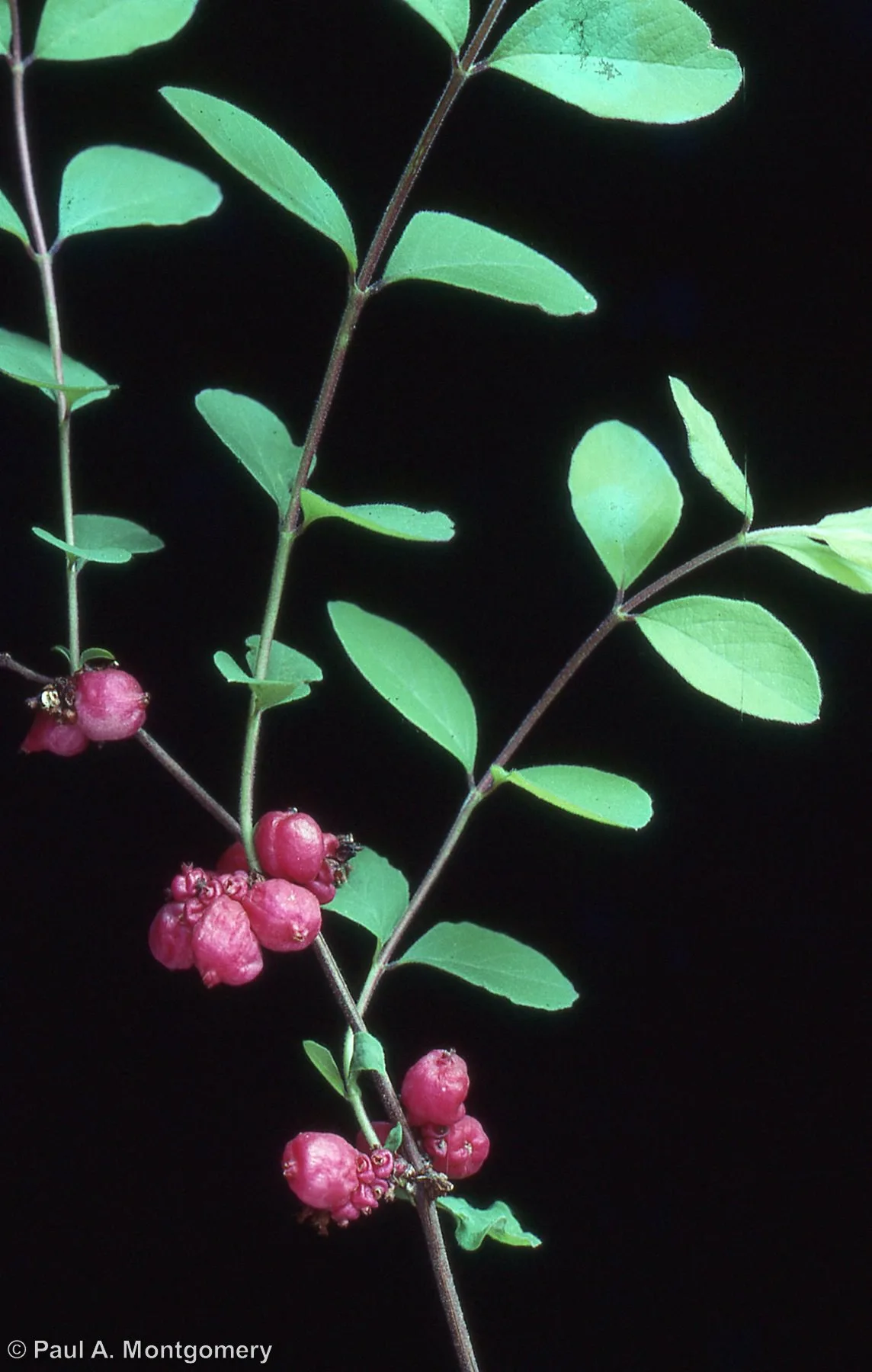
Vine
Cactus & Succulent
Wetland
Aquatic Milkweed
Asclepias perennis
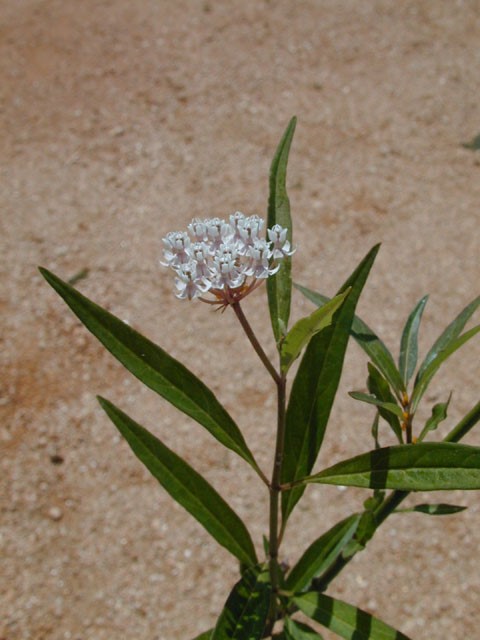
Coontail
Ceratophyllum demersum
Hairy Water Clover
Marsilea vestita
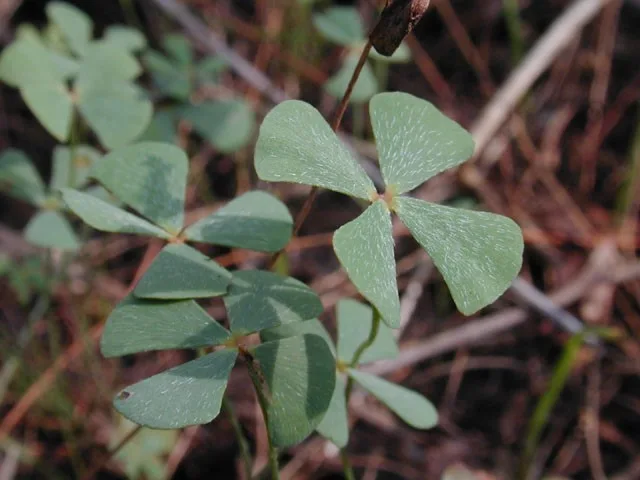
Banana Waterlily
Nymphaea mexicana
White Waterlily
Nymphaea odorata
Saltmarsh Fleabane
Pluchea odorata
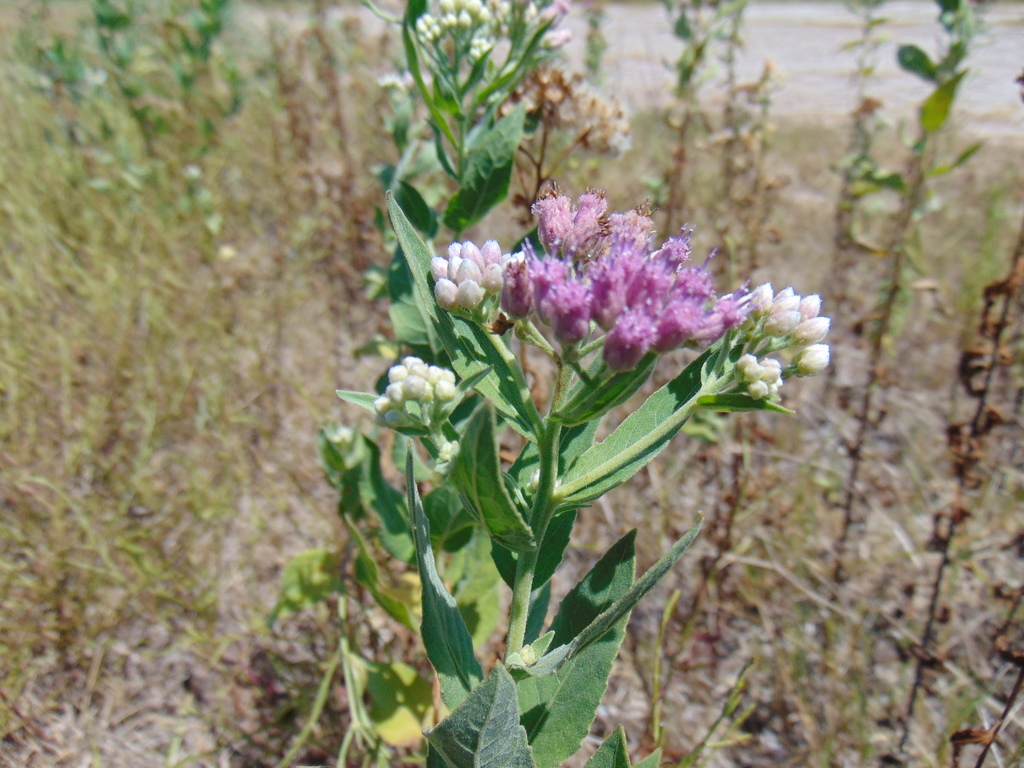
Pickerelweed
Pontederia cordata
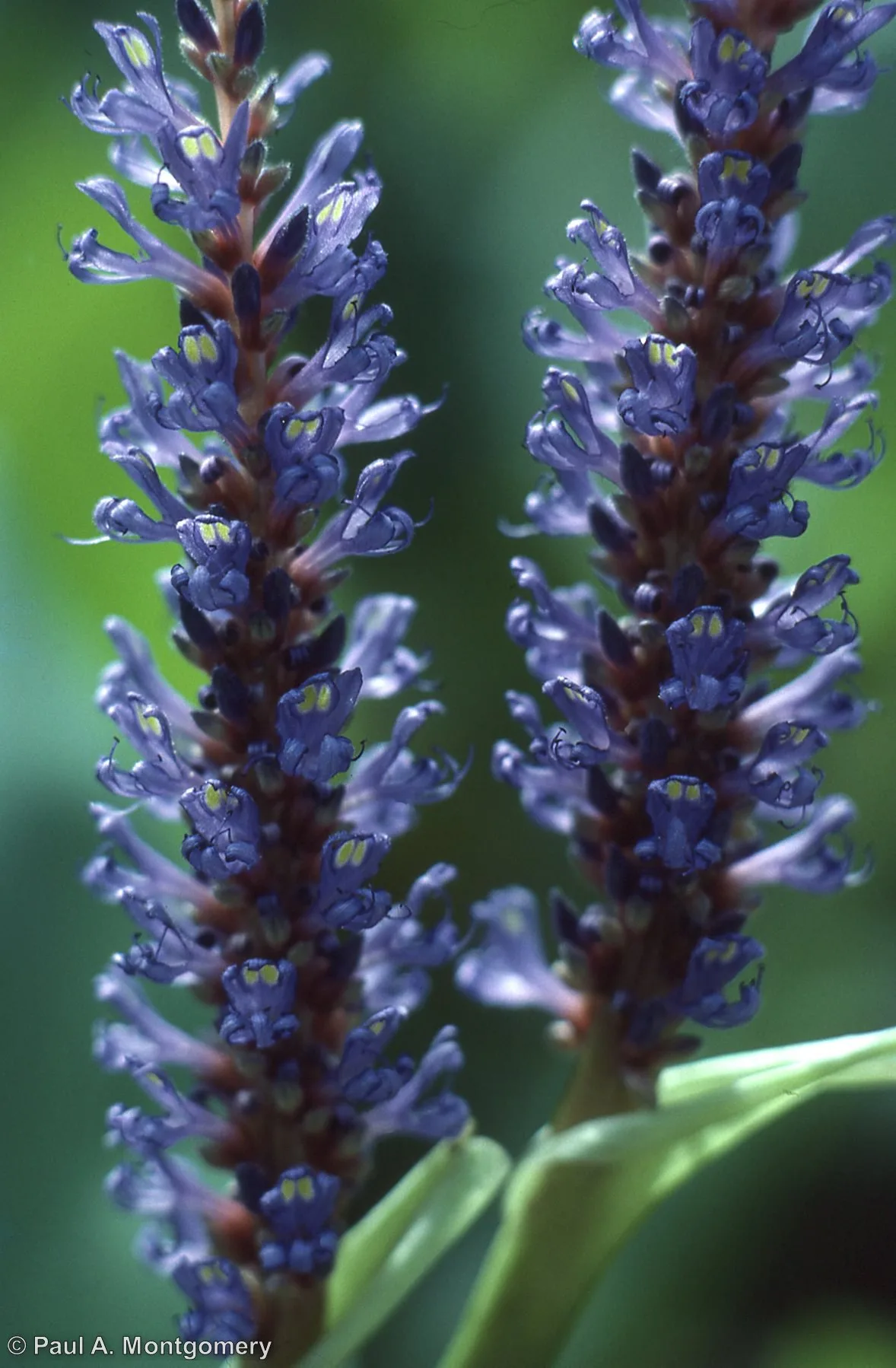
Bulltongue Arrowhead
Sagittaria lancifolia
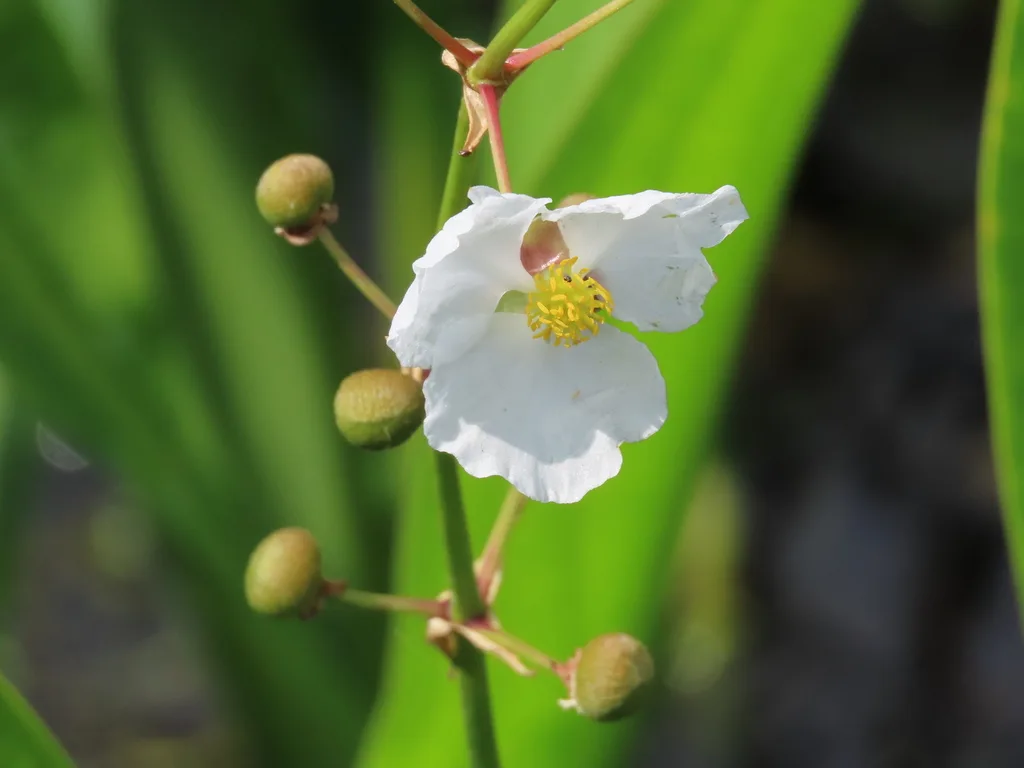
Tree
Plant Sale Table
Here is the same list in tabular form. If you’d like to make your own shopping list you can copy and paste this table into a spreadsheet. For best results paste as text format into a spreadsheet.
| Common Name | Scientific Name | Growth Form | Light Requirement | Water Requirement |
|---|---|---|---|---|
| American Beautyberry | Callicarpa americana | Shrub | Shade | Low, Medium |
| Aquatic Milkweed | Asclepias perennis | Wetland | Sun, Part Shade | Medium |
| Banana Waterlily | Nymphaea mexicana | Wetland | Sun | High |
| Blue Mistflower | Conoclinium coelestinum | Herbaceous | Sun, Part Shade | Medium |
| Bulltongue Arrowhead | Sagittaria lancifolia | Wetland | Sun | High |
| Butterfly Gaura | Oenothera lindheimeri | Herbaceous | Sun | Medium |
| Buttonbush | Cephalanthus occidentalis | Shrub | Sun | High |
| Cherokee Sedge | Carex cherokeensis | Grass & Sedge | Part Shade | Medium |
| Clustered Bushmint | Hyptis alata | Herbaceous | Sun | Medium |
| Coontail | Ceratophyllum demersum | Wetland | Part Shade | High |
| Coral Honeysuckle | Lonicera sempervirens | Vine | Sun | Low, Medium |
| Coralberry | Symphoricarpos orbiculatus | Shrub | Shade | Low, Medium |
| Cowpen Daisy | Verbesina encelioides | Herbaceous | Sun | Low |
| Creeping Spotflower | Acmella repens | Groundcover | Sun | Medium |
| Drummond Red Maple | Acer rubrum var. drummondii | Tree | Sun, Part Shade | Medium, High |
| Dwarf Palmetto | Sabal minor | Shrub | Sun, Part Shade, Shade | Medium |
| False Indigo Bush | Amorpha fruticosa | Shrub | Sun, Part Shade | Low |
| Frogfruit | Phyla nodiflora | Groundcover | Sun | Low, Medium |
| Gulf Muhly | Muhlenbergia capillaris | Grass & Sedge | Sun | Low, Medium |
| Gulf Vervain | Verbena xutha | Herbaceous | Sun, Part Shade | Low |
| Hairy Sunflower | Helianthus hirsutus | Herbaceous | Sun, Part Shade, Shade | Low, Medium |
| Hairy Water Clover | Marsilea vestita | Wetland | Part Shade | Medium, High |
| Hercules Club | Zanthoxylum clava-herculis | Tree | Sun, Part Shade | Low, Medium |
| Inland Sea Oats | Chasmanthium latifolium | Grass & Sedge | Part Shade, Shade | Low, Medium |
| Lanceleaf Coreopsis | Coreopsis lanceolata | Herbaceous | Sun, Part Shade, Shade | Medium |
| Little Bluestem | Schizachyrium scoparium | Grass & Sedge | Sun, Part Shade | Low, Medium |
| Louisiana Spiderlily | Hymenocallis liriosme | Herbaceous | Part Shade | Medium, High |
| Lyre Leaf Sage | Salvia lyrata | Herbaceous | Sun, Part Shade, Shade | Low, Medium |
| Mexican Hat | Ratibida columnifera | Herbaceous | Sun | Medium |
| Mexican Plum | Prunus mexicana | Tree | Sun | Low |
| Parsley Hawthorn | Crataegus marshallii | Tree | Sun, Part Shade | Low, Medium |
| Pickerelweed | Pontederia cordata | Wetland | Sun, Part Shade | High |
| Possumhaw Holly | Ilex decidua | Shrub | Sun | Low, Medium |
| Prairie Gayfeather | Liatris pycnostachya | Herbaceous | Sun | Medium |
| Purple Passionflower | Passiflora incarnata | Vine | Sun, Part Shade | Low, Medium |
| Rattlesnake Master | Eryngium yuccifolium | Herbaceous | Sun | Low, Medium |
| Red Buckeye | Aesculus pavia var. pavia | Shrub | Part Shade | Medium |
| Rosinweed Sunflower | Silphium radula var. gracile | Herbaceous | Sun, Part Shade | Low |
| Rough Coneflower | Rudbeckia grandiflora | Herbaceous | Sun | Medium |
| Saltmarsh Fleabane | Pluchea odorata | Wetland | Sun, Part Shade, Shade | Medium, High |
| Saltmarsh Mallow | Kosteletzkya pentacarpos | Shrub | Sun, Part Shade | Medium |
| Seaside Goldenrod | Solidago sempervirens | Herbaceous | Sun | Low, Medium |
| Southern Blue Flag Iris | Iris virginica | Herbaceous | Sun | High |
| Spicebush | Lindera benzoin | Shrub | Sun, Part Shade | Medium |
| Swamp Sunflower | Helianthus angustifolius | Herbaceous | Sun, Part Shade | High |
| Texas Grama | Bouteloua rigidiseta | Grass & Sedge | Sun | Low |
| Texas Lantana | Lantana horrida | Shrub | Sun | Very Low, Low |
| Texas Persimmon | Diospyros texana | Tree | Sun | Very Low |
| Turk's Cap | Malvaviscus arboreus | Shrub | Sun, Shade | Low, Medium |
| Two-Wing Silverbell | Halesia diptera | Tree | Part Shade | Low |
| White Waterlily | Nymphaea odorata | Wetland | Sun, Part Shade, Shade | High |
| Wild Petunia | Ruellia nudiflora | Herbaceous | Sun, Part Shade, Shade | Low, Medium |
| Winged Loosestrife | Lythrum alatum | Shrub | Sun | Medium |
| Wood Fern | Thelypteris kunthii | Fern | Part Shade, Shade | Medium |
| Woolly Rose Mallow | Hibiscus moscheutos ssp. lasiocarpos | Shrub | Sun | Medium |
| Zigzag Iris | Iris brevicaulis | Herbaceous | Sun, Part Shade, Shade | Medium, High |
Return to Wildscapes Workshop page
Return to Houston Chapter home
